Do you know any Korean exclamations? To truly impress your Korean friends and new acquaintances, you’ll want to pick up as much of the native way of speaking a language. Besides learning the basics and the most valuable phrases and sentences to survive day-to-day situations, you’ll also want to pick up things like Korean slang and Korean exclamations.
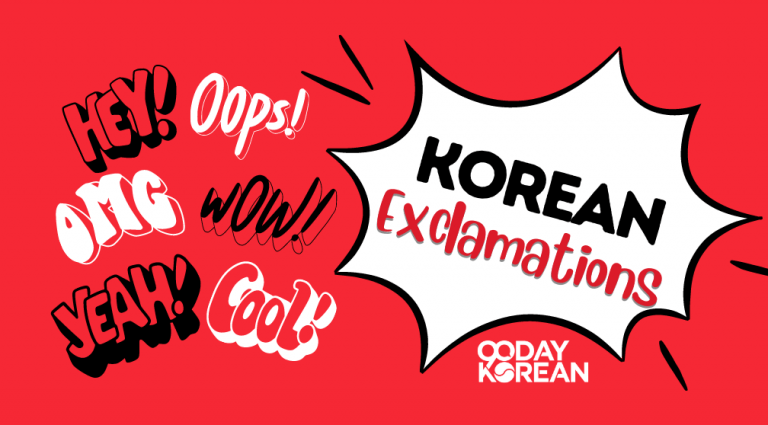
By learning slang and exclamations in Korean and how to use them, you can have more natural and fun conversations with Koreans, both in person and via text. These expressions are used by almost everybody too!
Even if you are not that fluent in the Korean language yet, you can equip your sentences and reactions with these exclamations. It’s guaranteed to make your Korean sound more natural and smooth. Plus, it’ll make the conversation a lot more interesting and engaging.
What are Korean exclamations?
Korean exclamations are sounds, phrases, or sentences that indicate different feelings and emotions used in Korea. These are typically feeling of excitement, amazement, rage, or a reaction to a mistake, or social blunder, being expressed suddenly, loudly, or strongly. Some common ones in English are “OMG!” “Yay!” or “Oops!” We’ve added some of their examples below.
List of exclamations in the Korean language
Below you will learn the most popular and commonly used exclamations in Korea with their pronunciation. You can immediately start using these to wow your Korean friends. Trust us, just drop a couple of 대박s here and 헐s there, and your Korean friends will go crazy with happiness over what you’ve just learned!
As you learn Korean, it’s best also to take note of these expressions. You might have heard some of these in Korean dramas or said by your favorite K-pop idols.
| Korean | English |
| 아싸! (assa!) | "Hurray!"/"Yay!" |
| 대박 (daebak) | "Awesome!"/"Epic!" |
| 우와 (uwa) | "Wow!" |
| 짱 (jjang) | "Cool!" |
| 뭐? (mwo? ) | "What?" |
| 뭐라고? (mworago?) | "What did you say?" |
| 네? (ne?) | "What?" |
| 아 (a) | "Ouch!"/"By the way" |
| 헐 (heol) | "What the..."/ "OMG." |
| 헉 (heok) | "OMG" |
| 어머/ 어머나 (eomeo, eomeona) | "Oops!"/"OMG" |
| 엄마 / 엄마야 (eomma, eommaya) | "OMG" |
어 (eo)
| "Yes"/"Huh?" |
| 진짜 (jinjja) | "Really?!" |
| 참 (cham) | "Aha!" |
| 그래요(geuraeyo) | "Is that so?" |
| 그렇구나 (geureokuna) | "I see" |
| 그렇군요 (geureokunyo) | "I see" |
| 아이구 (aigu) | "Oh my!" |
| 에이 (ei) | "Don't be silly" |
| 야! (ya!) | "Hey!" |
| 아이씨 (aissi) | "Oh damn!" |
“Hurray!” in Korean
The Korean exclamation 아싸! (assa!) represents “Hurray!” and “Yay!”.
A: 아싸! 오늘부터 방학이야! (assa! oneulbuteo banghagiya!)
A: Hurray! Vacation starts today!
“Awesome!” in Korean
The exclamation used to mean “Awesome!” or “Epic!” in Korean is 대박 (daebak). It can be used in any scenario where you are amazed and also if you are thinking sort of like, “That’s unbelievable!” because of how awesome something is.
It’s also possible to use even if you’re hearing or experiencing something you do not like, but usually, 대박 is used in positive instances.
A: 난 연세대학교에 입학했어! (nan yeonsedaehakgyoe ipakaesseo!)
B: 우와, 대박! 축하해! (uwa, daebak! chukahae!)
A: I got into Yonsei University!
B: Wow, that’s epic! Congratulations!

“Cool!” in Korean
With the exclamation 짱 (jjang), you can show that something is “Awesome” or “Cool.” You can also use it as “짱이야” (jjangiya) or “짱이다” (jjangida), in which case you specifically mean something or someone looks awesome or cool.
A: 그 영화가 어땠어? (geu yeonghwaga eottaesseo?)
B: 짱이다! (jjangida!)
A: What did you think of that movie?
B: That movie was awesome!
“Wow!” in Korean
The exclamation 우와 (uwa) simply translates as “Wow.” It can be used as you would in English.
“What?” in Korean
You can say “what?” in Korean as 뭐? (mwo?).
“What did you say?” in Korean
If you specifically want to say “What did you say?” in Korean, you can use the term 뭐라고 (mworago?)
Both 뭐 (mwo) and 뭐라고 (mworago) can be used to convey you did not quite catch what the other person just said. Or alternatively, that you didn’t quite understand why it was said, and it has you surprised or shocked.
A: 뭐라고? 다시 한번 말씀해 줄래? (mworago? dasi hanbeon malsseumhae jullae?)
A: What? Will you please say that again?
네? (ne?)
This is essentially a similar expression as 뭐 (mwo) and 뭐라고 (mworago). However, in comparison, it is used less often to show surprise and instead is simply used to exclaim you really did not hear what was said and would like it repeated.
A: 네? 뭘 말하는지 이해가 안돼요. (ne? mwol malhaneunji ihaega andwaeyo.)
A: What? I do not understand what you’re saying.
“Ouch” in Korean
This exclamation 아 (a) is how your Korean friends will probably convey “Ouch.” You can also use it to mean “By the way.”
“OMG!” in Korean
There are several ways to express “OMG!” in Korean. We also have a separate article on how to say “oh my god” in Korean.
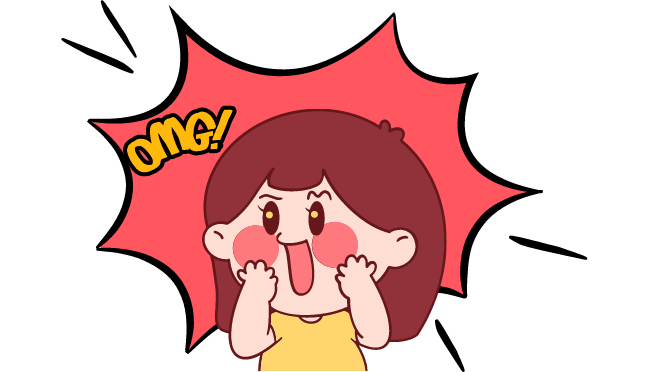
헐 (heol)
The commonly used exclamation, 헐 (heol), expresses surprise, shock, or even amazement. It works for both positive and negative situations. Perhaps the best way to translate its meaning to English would be “what the…” and “OMG.”
To further explain it, you can use it specifically to show that you’re shocked or amazed by something that happened. For example, if your friend injured themselves by spraining an ankle, or if they are telling you a remarkably wild story about something.
A: 아! 방금 뜨거운 커피를 손에 쏟았어. (a! banggeum tteugeoun keopireul sone ssodasseo.)
B: 헐… 괜찮아? 아픈가요? (heol… gwaenchana? apeungayo?)
A: Ouch! I just spilled hot coffee on my hand.
B: OMG… Are you OK? Does it hurt?
헉 (heok)
Another way to say “OMG!” in Korean is 헉 (heok). This is one of the many expressions in the Korean language that can be translated as “OMG” in English and most other languages. Specifically, 헉 stands for moments where you’d gasp. Below is a sample sentence.
A: 헉! 생각보다 강하네! (heok! saenggakboda ganghane!)
A: OMG! You’re stronger than I thought!
어머 / 어머나 (eomeo, eomeona)
Used by ladies mainly, this is possibly one of the first exclamations in Korean that you’ll come across. It’s used to convey surprise or as a reaction to an unexpected matter otherwise, often in a positive way. For example, you may be reacting to how pretty someone looks in a new dress they bought. You can also use it to mean “Oops!” or “OMG” in a more shocked way, as well.
A: 언니! 오늘 머리를 잘랐어요. 어때요? (eonni! oneul meorireul jallasseoyo. eottaeyo?)
B: 어머! 너무 예쁘네! (eomeo! neomu yeppeune!)
A: Eonni! I cut my hair today. How’s it look?
B: OMG! So pretty!
엄마 / 엄마야 (eomma, eommaya)
Literally, 엄마 (eomma) translates as “mom” in the Korean language, but it’s also used as a slang word to express being shocked, surprised, scared, or alarmed all of a sudden. You can think of it as having a similar meaning to “OMG.”
A: 엄마야! 너 때문에 놀라서 죽을 뻔 했어. (eommaya! neo ttaemune nollaseo jugeul ppeon haesseo.)
A: Oh my goodness! You scared me half to death!
“Yes” in Korean
The exclamation 어 (eo) can be used both as an affirmative “yes” or a questioning “huh?”.
A: 어? 그게 무슨 대답이야? (eo? geuge museun daedabiya?)
A: Huh? What kind of a reply is that?
“Really” in Korean
Both 진짜 (jinjja) and 정말 (jeongmal) express “Really?!” and “For real?!” and is another exclamation usually used in situations where you are surprised by something. This is one exclamation that you can also use also with other people than just your closest friends. However, in those cases, you will want to add ~요 to it. Like this, 진짜요? (jinjjayo) and 정말요 (jeongmalyo)?
A: 오늘부로 채식을 한 지 딱 한달 됬어. (oneulburo chaesigeul han ji ttak handal doesseo.)
B: 진짜?! 넌 매일 삼겹살 먹는 것을 좋아했었는데. (jinjja?! neon maeil samgyeopsal meongneun geoseul joahaesseonneunde.)
A: As of today, I have only eaten vegetarian foods for a month.
B: For real?! You used to love eating pork belly every day!
“Aha!” in Korean
“Aha” or “Alas” in the Korean language can be said as 참 (cham). It can be used in situations where you have just realized something new or are baffled or impressed by something you’ve just learned. Occasionally it may also be used as “By the way.”
A: 참, 어제 핸드폰을 잃어버렸군. (cham, eoje haendeuponeul ileobeoryeotgun.)
A: Alas, I lost my phone yesterday.
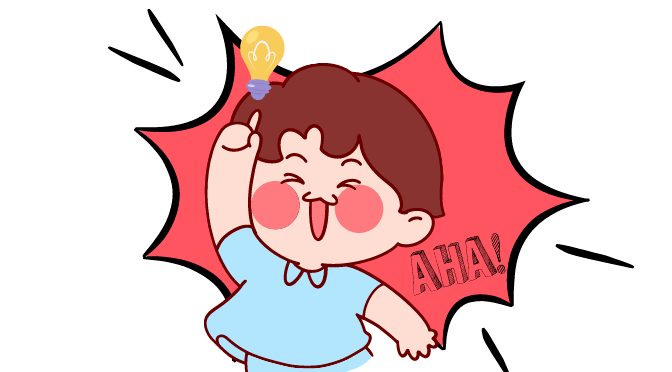
“Is that so?” in Korean
The Korean word 그래요 (geuraeyo) translates to“Is that so?”. On occasion, it may be used as an affirmative “Yes” rather than posed as a question.
A: 나는 오늘 그 소녀에게 고백할 거야. (naneun oneul geu sonyeoege gobaekal geoya.)
B: 그래요? 드디어 자신감이 생겼나? (geuraeyo? deudieo jasingami saenggyeonna?)
A: I will confess to that girl today.
B: Is that so? Do you finally have the confidence?
“I see” in Korean
There are two Korean expressions for “I see,” which are 그렇구나 (geureokuna) and 그렇군요 (geureokunyo).
A: 이상한 꿈을 꿔서 잠을 잘 수가 없어. (isanghan kkumeul kkwoseo jameul jal suga eopseo.)
B: 그렇구나. 무슨 꿈이었나요? (geureokuna. museun kkumieonnayo?)
A: I can’t sleep because I had a weird dream.
B: I see. What was the dream about?
“I’m not sure” in Korean
If you are not sure of what the answer to something is, or if you are still trying to think of a response, you can reply with 글쎄 (geulsse) among friends and 글쎄요 (geulsseyo) with someone who is not as close.
A: 너의 남동생은 몇 시에 집에 올 거니? (neoui namdongsaengeun myeot sie jibe ol geoni?)
B: 글쎄, 그건 확실히 모르겠어. (geulsse, geugeon hwaksilhi moreugesseo.)
A: What time will your brother come home?
B: I’m not really sure about that.
“Oh my!” in Korean
Alternatively, you may also hear this in use, or use it yourself, as 아이고! (aigo!). It’s a similar expression to “Oh my!” in English, although more commonly used by older ladies rather than men or younger folk.
Whether you want to express mild dismay or mild surprise or a reaction to one’s clumsy act or mistake, this can be an appropriate exclamation to use. Below is a sample sentence.
A: 아이고! 이런… 내 핸드폰을 또 떨어뜨렸어. (aigo! ireon… nae haendeuponeul tto tteoreotteuryeosseo.)
A: Oh my! Uh oh… I’ve dropped my phone again.
“Don’t be silly” in Korean
The expression 에이 (ei) is used in conversations between close friends. With this, you let them know that you don’t believe something someone is saying. Kind of like you are expressing, “Are you stupid?” but in a way that means “Don’t be silly.”
For example, in cases where your friend is complaining about having gained weight or looking fat or perhaps where they’re claiming to have done really bad on an exam.
A: 난 이 드레스를 못 입겠어, 잘 안 어울리는 것 같네. (nan i deureseureul mot ipgesseo, jal an eoullineun geot ganne.)
B: 에이~ 무슨 소리야? 너는 그 드레스를 입으니 정말 이뻐 보이는데. (ei~ museun soriya? neoneun geu deureseureul ibeuni jeongmal ippeo boineunde.)
A: Oh no, I can’t wear this dress. I think I look bad in it.
B: Ei~ Don’t be silly; you look really pretty in it.
“Hey!” in Korean
The exclamation 야! (ya!) can mean “Hey!” or “Oh my!” in English. There may not be any singular meaning behind this expression. Instead, it can be used to exclaim many different moods and reactions. That’s probably why it’s perhaps the most commonly used of all exclamations.
You can convey both affection and anger with it, as well as other feelings. There isn’t really a specific translation for this available.
A: 야! 커피가 뜨거워서 조심해! (ya! keopiga tteugeowoseo josimhae!)
A: Hey! Be careful; the coffee is hot!
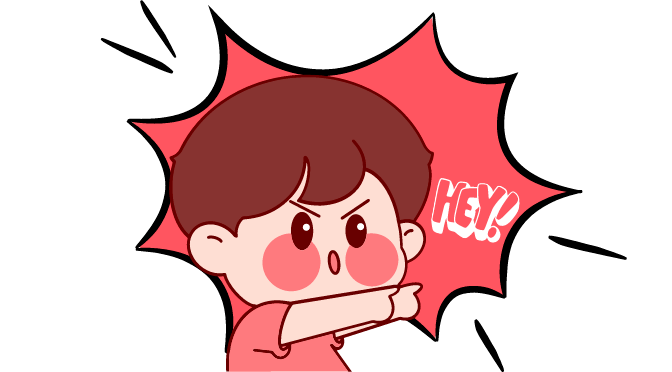
“Oh damn!” in Korean
The Korean word for the exclamation “Oh damn!” is 아이씨 (aissi). Although not used much outside of the spoken conversation, this is otherwise one of the most commonly used slang Korean words in the Korean language. It is used when you’re feeling frustrated. It’s kind of like a swear word without actually being one.
A: 아이씨… 진짜… 바보같은 행동을 지금 그만해! (aissi… jinjja… babogateun haengdongeul jigeum geumanhae!)
A: Oh damn… Really… Stop acting like a fool now!
Wow! Now you’ve learned some commonly used Korean exclamations that will make you a really popular conversation partner with your Korean friends. They won’t be able to believe how well you know these types of Korean words!
How many of these did you already know, and which will be your favorite one to use? Let us know below in the comments! And if you’re not quite yet done learning Korean today, check out our Korean nouns article next.
The post Korean exclamations – Fun ways to express yourself better appeared first on 90 Day Korean®.



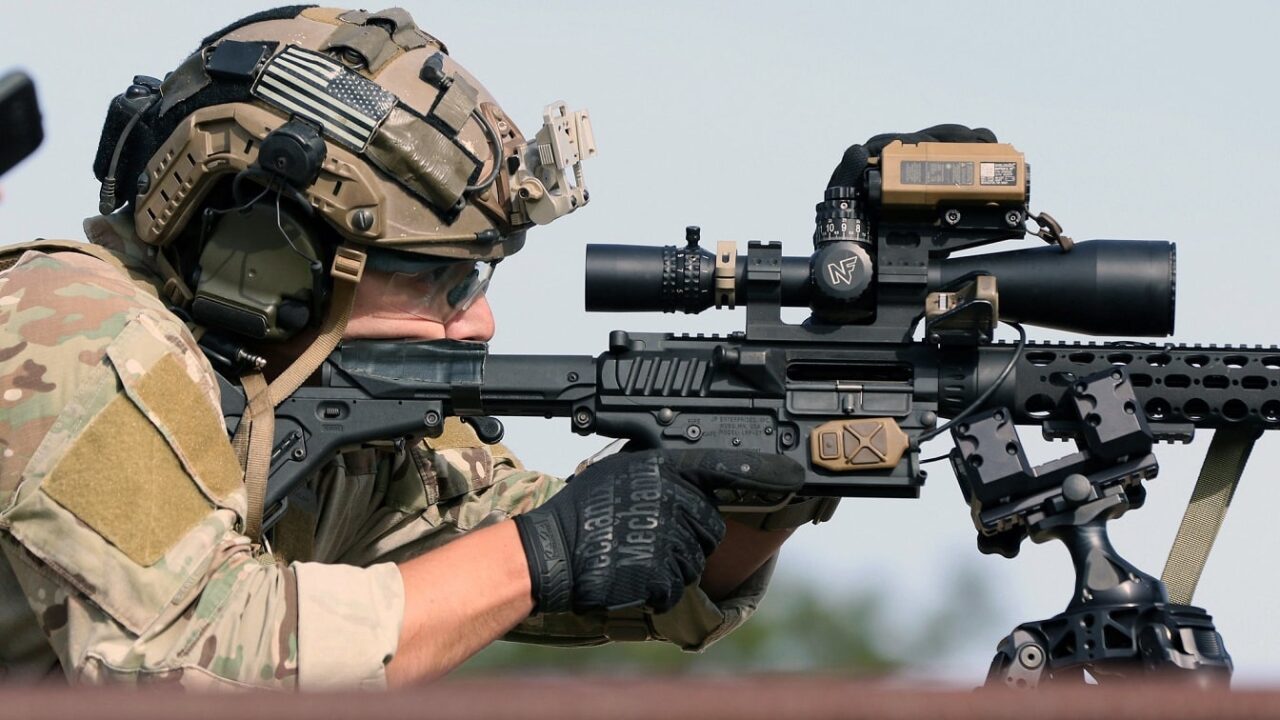 Calling Western support for Ukraine ‘pro-war’ is grossly manipulative and deceptive with its implication that Western elites ‘like’ war. That is obviously not the case. Does Ursula von der Leyen strike anyone as ‘pro-war’? Gimme a break.
Calling Western support for Ukraine ‘pro-war’ is grossly manipulative and deceptive with its implication that Western elites ‘like’ war. That is obviously not the case. Does Ursula von der Leyen strike anyone as ‘pro-war’? Gimme a break.
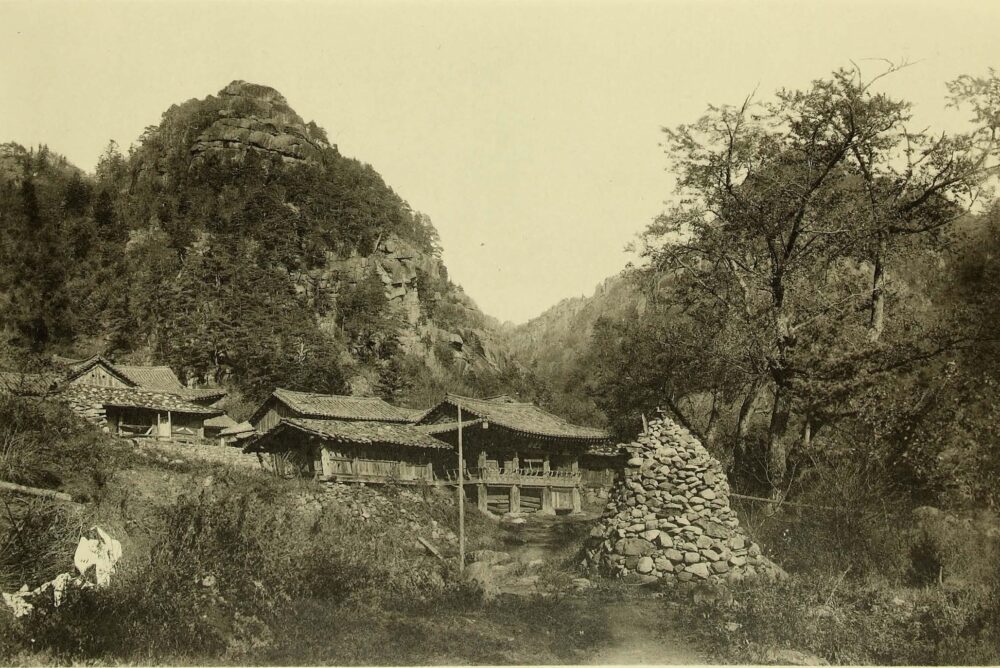
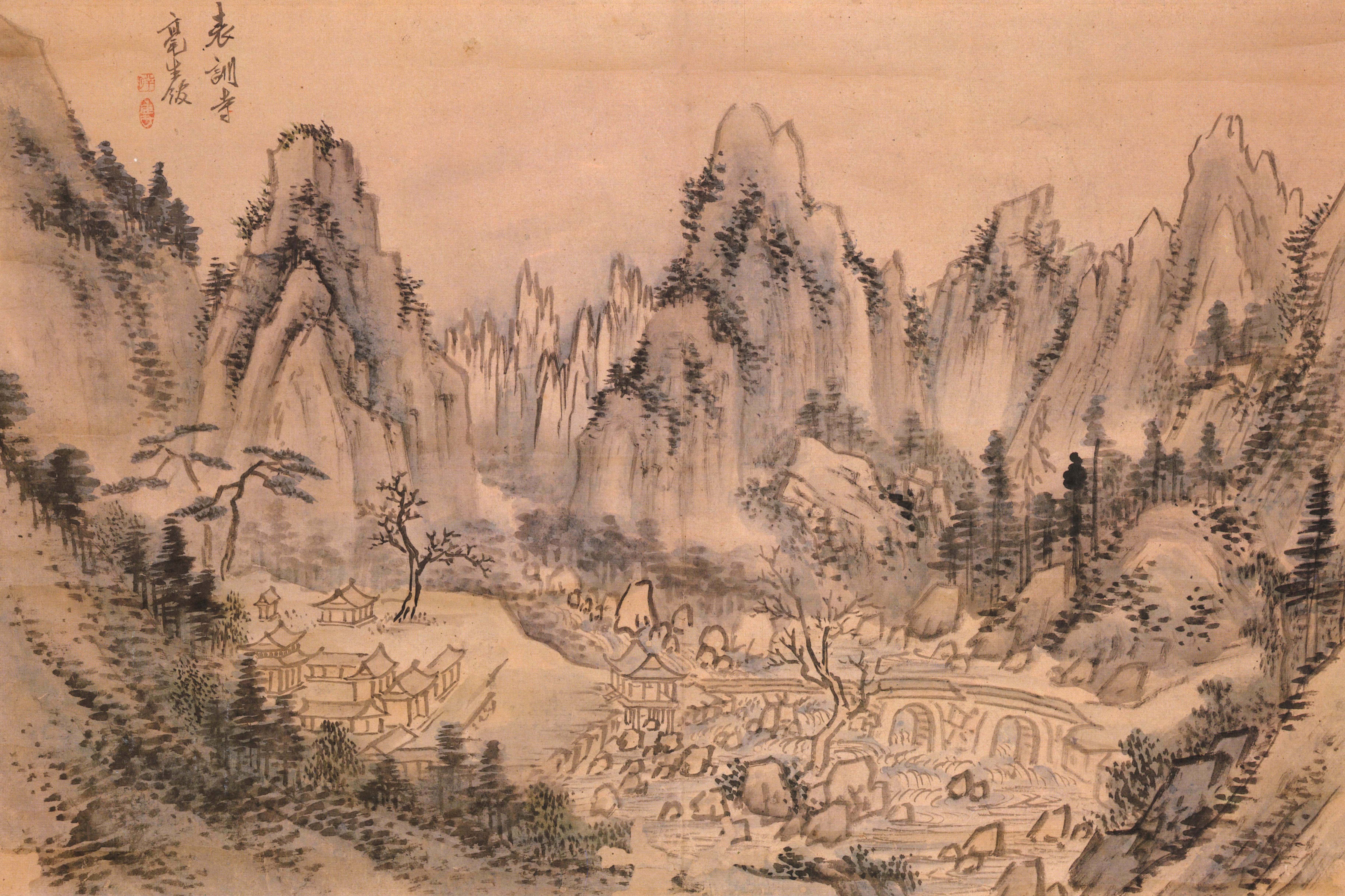
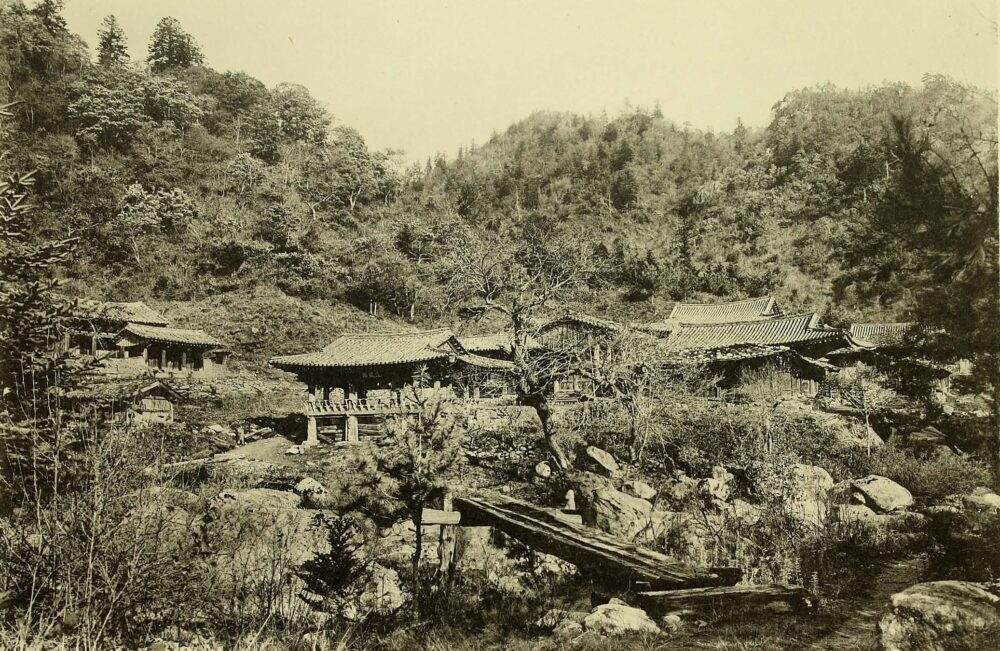
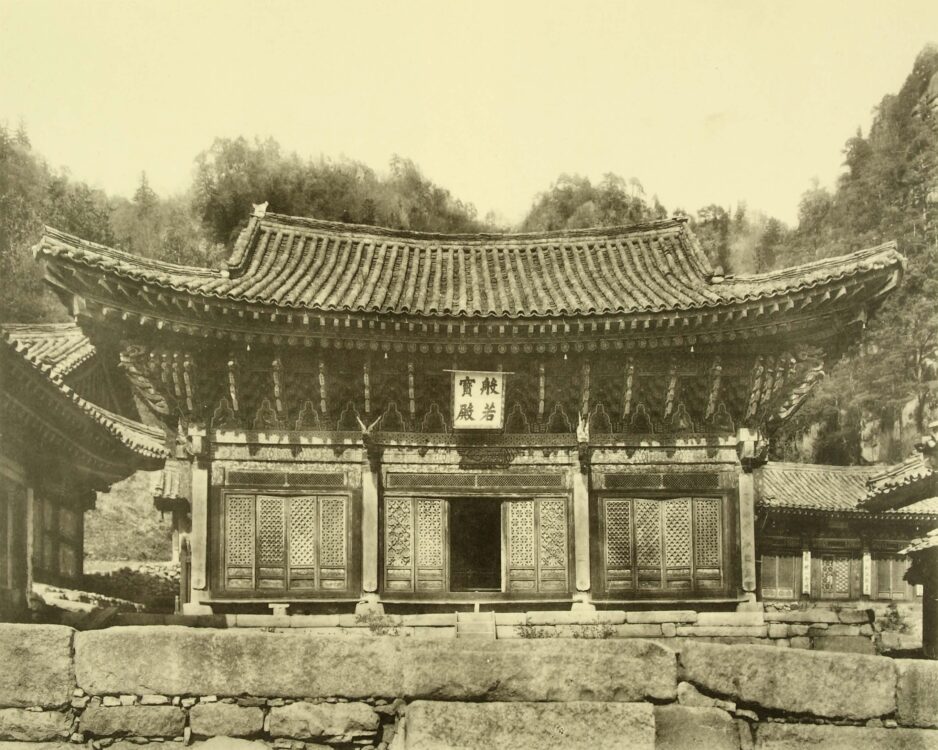
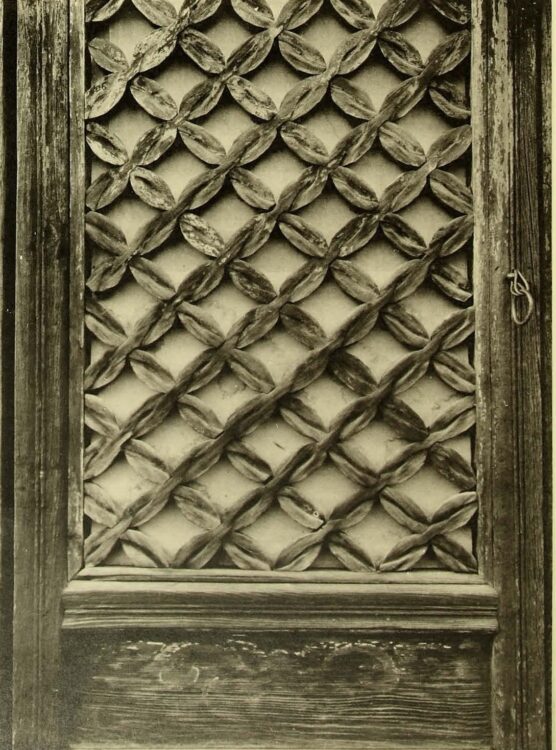
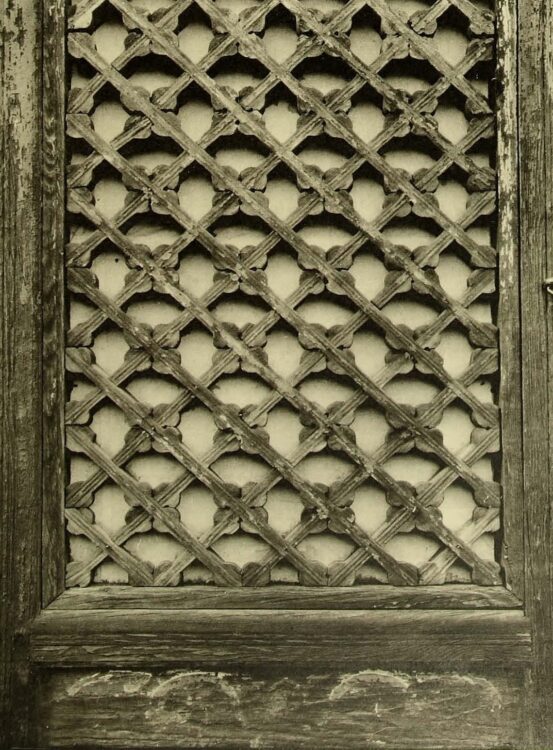
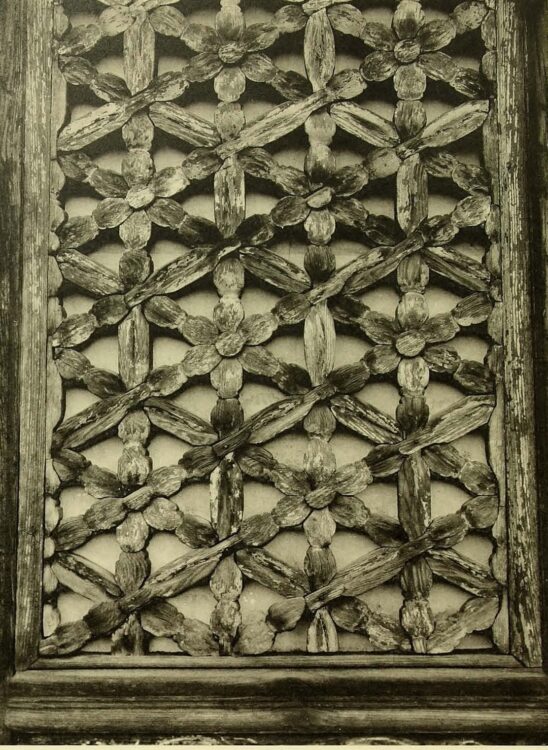
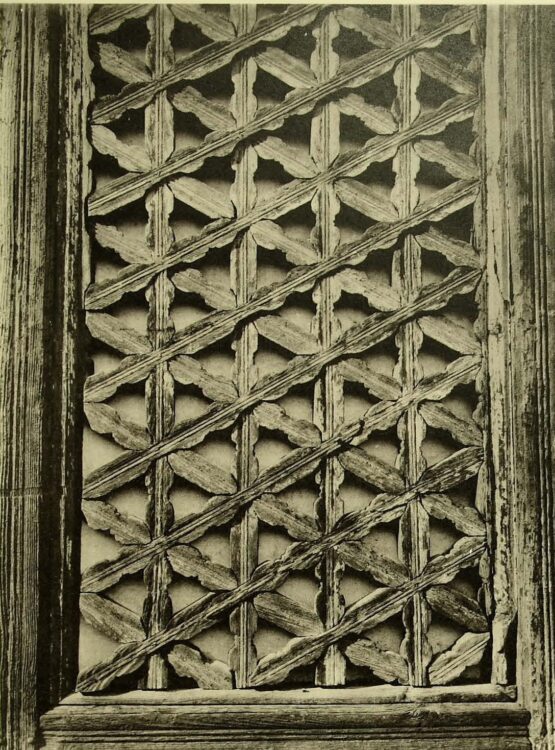
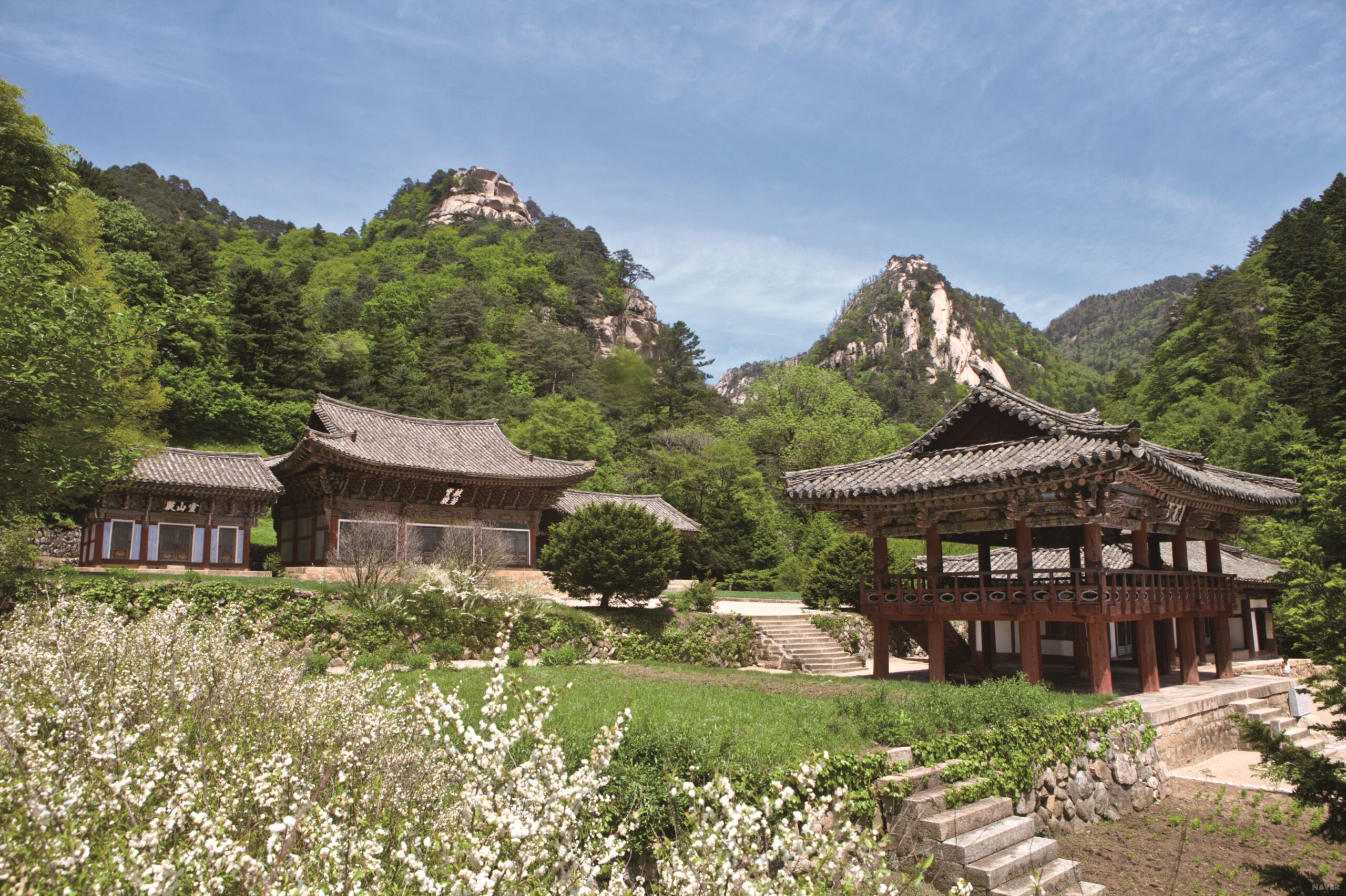
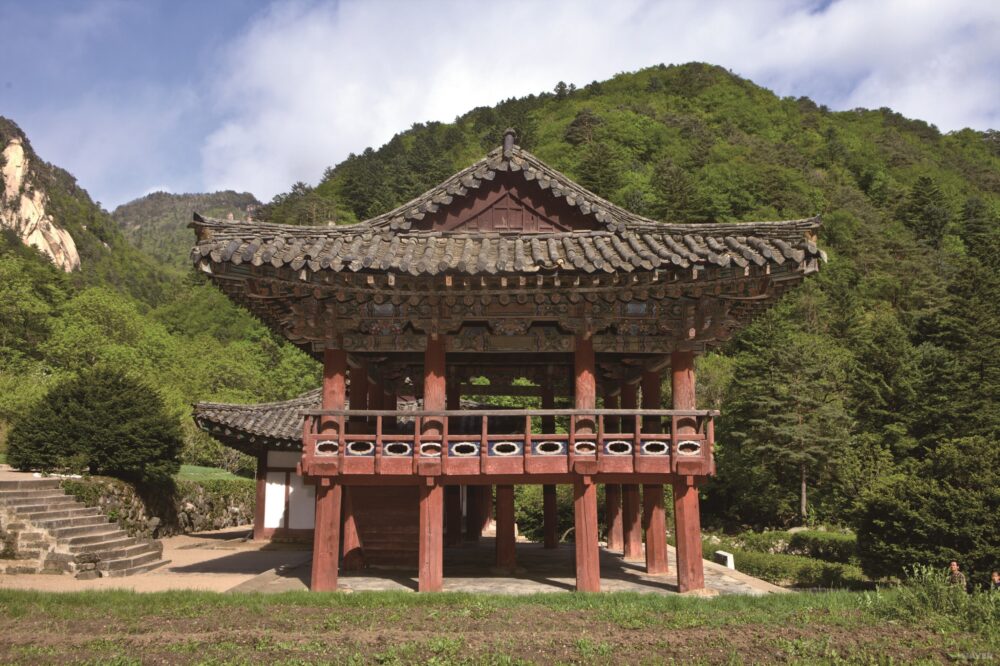
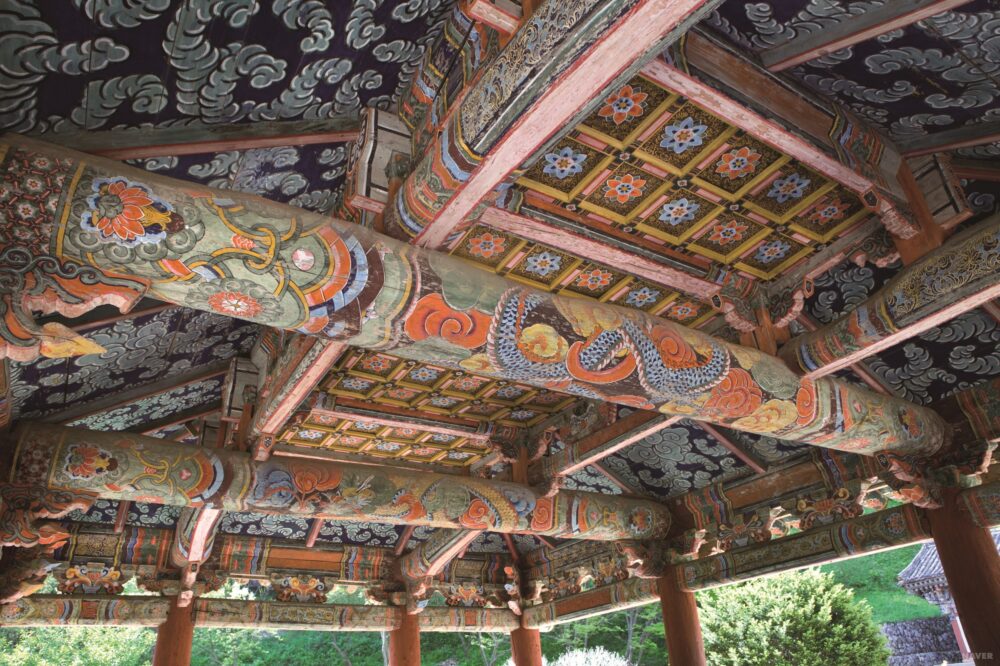
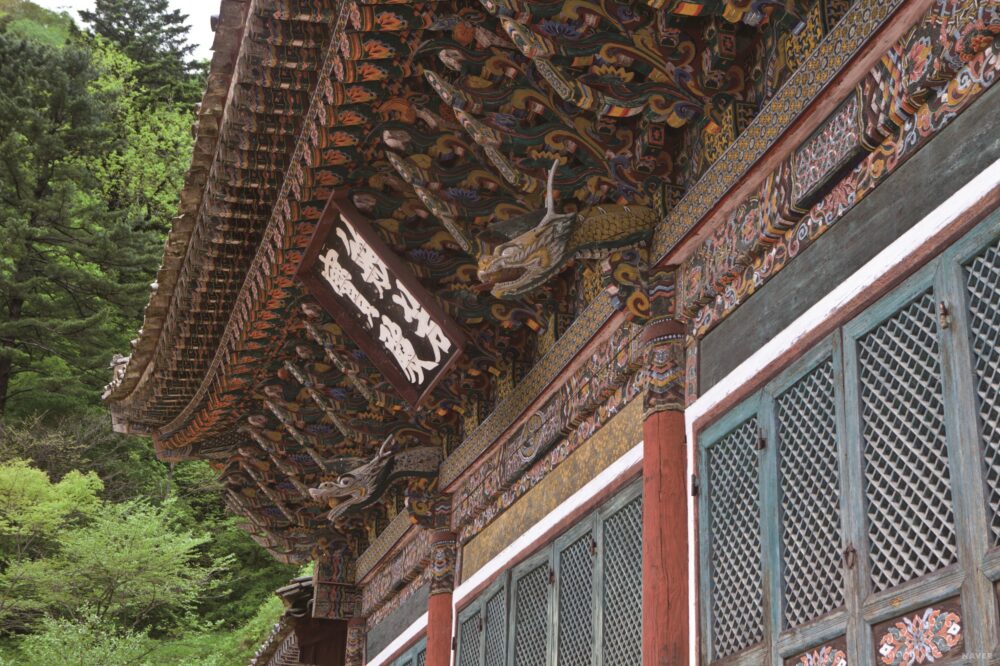

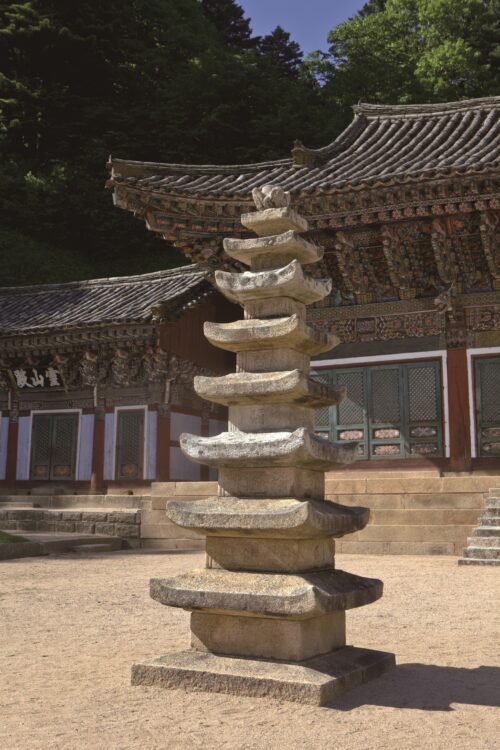
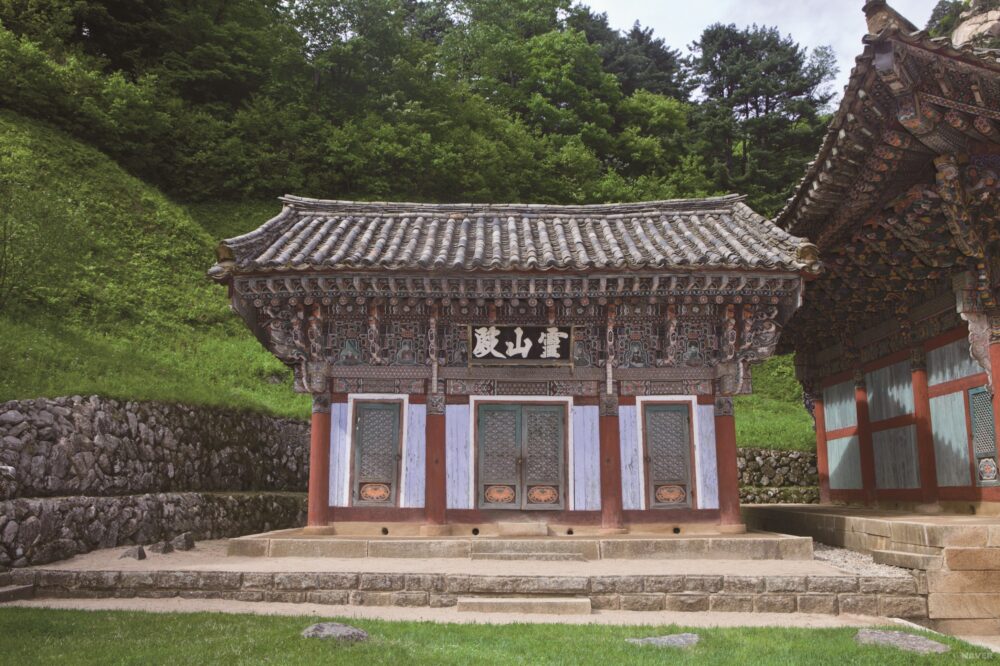
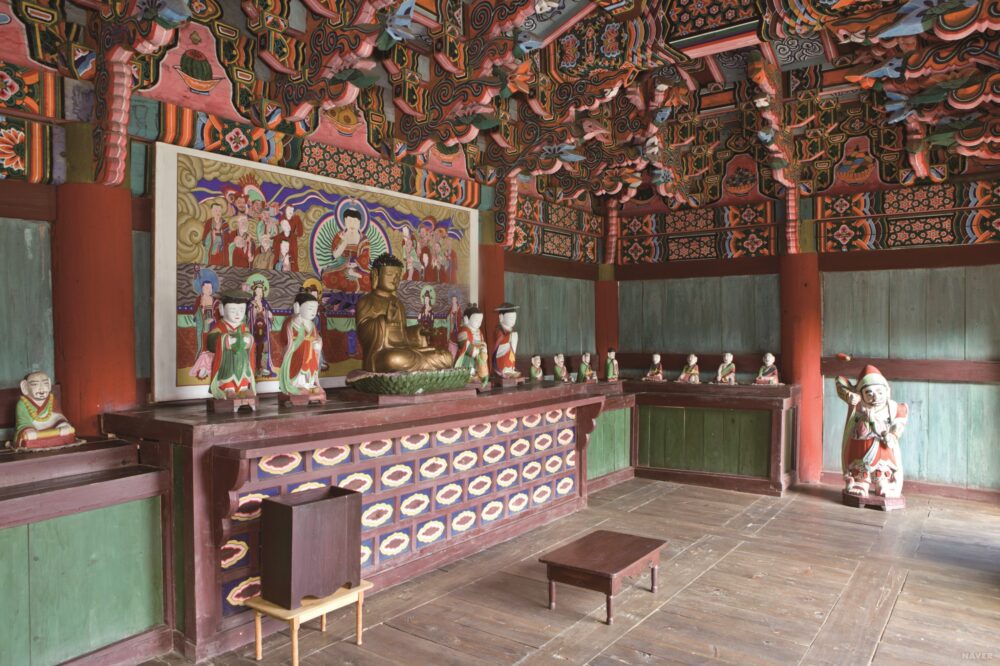
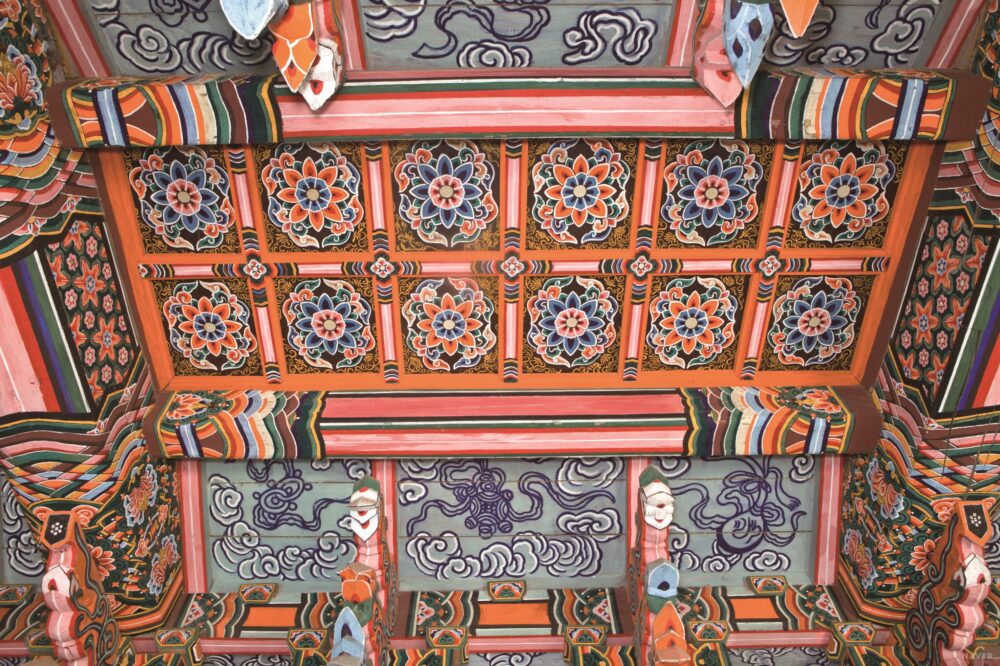
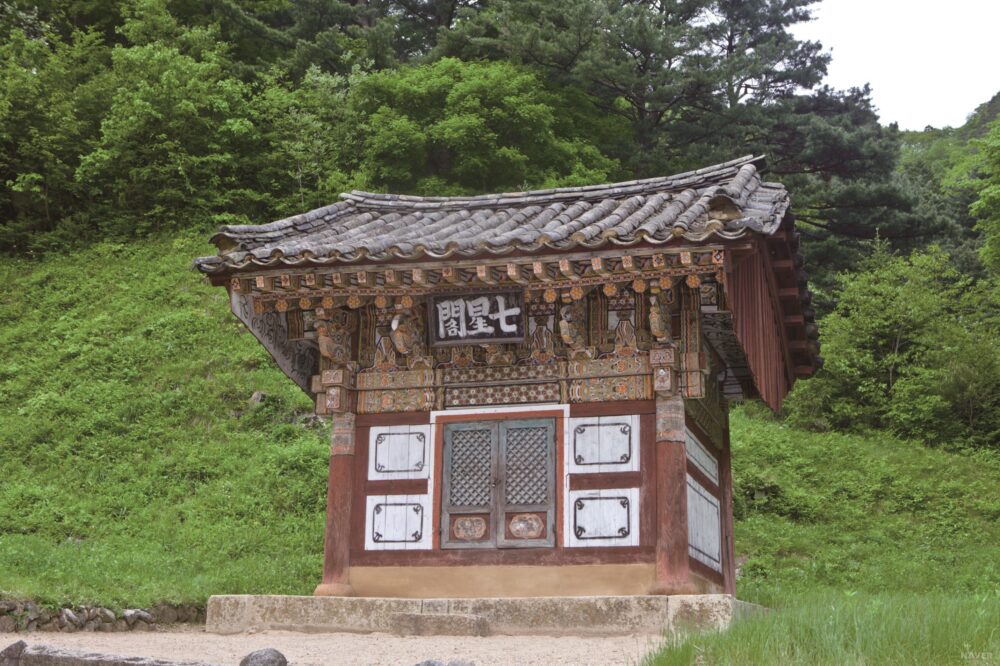
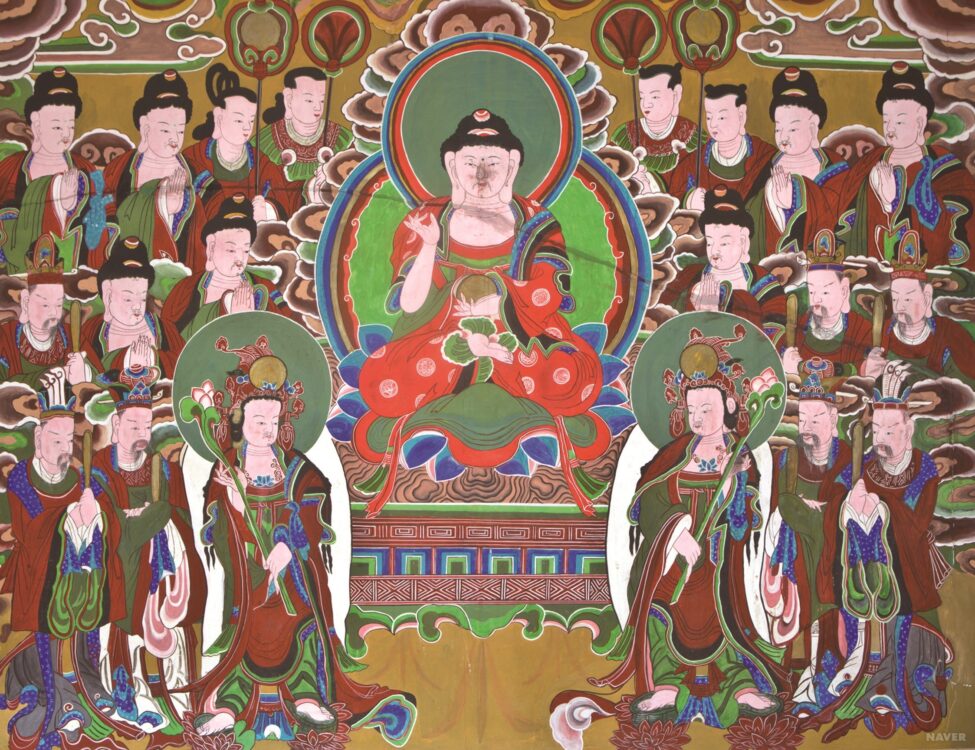

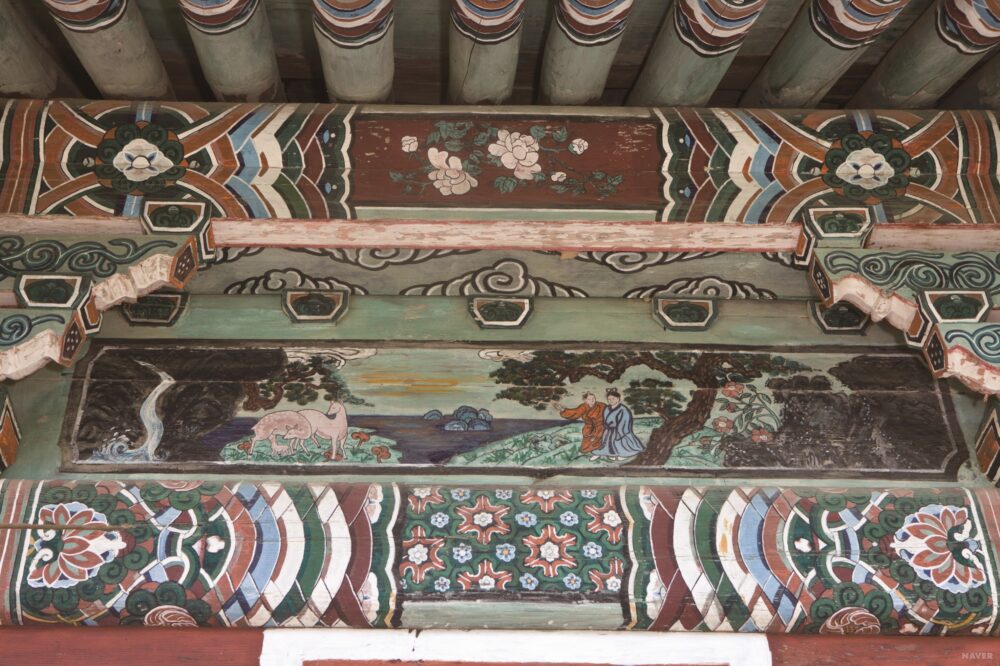
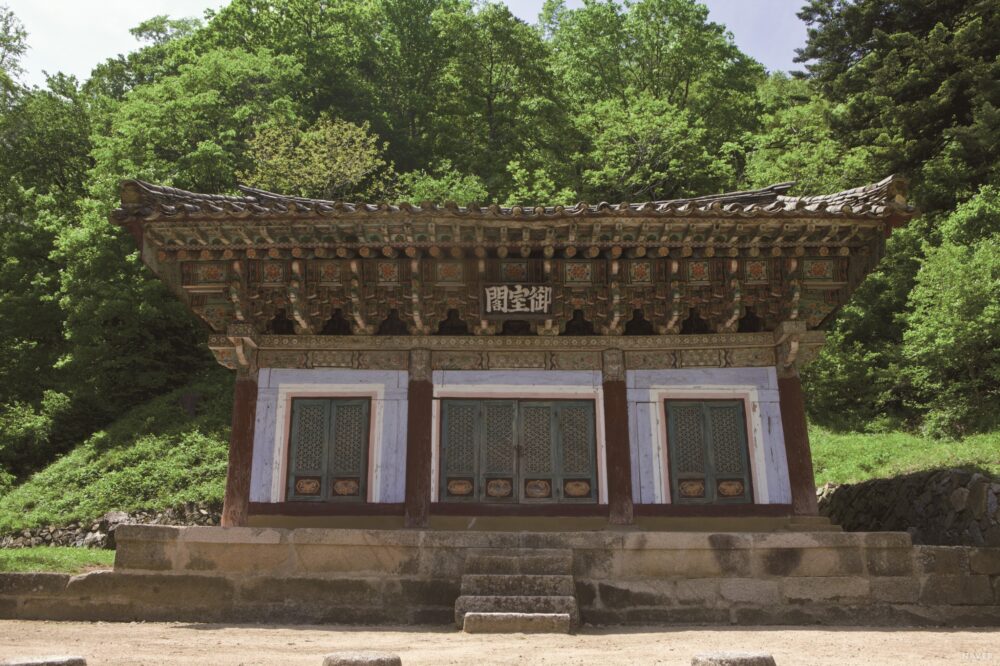
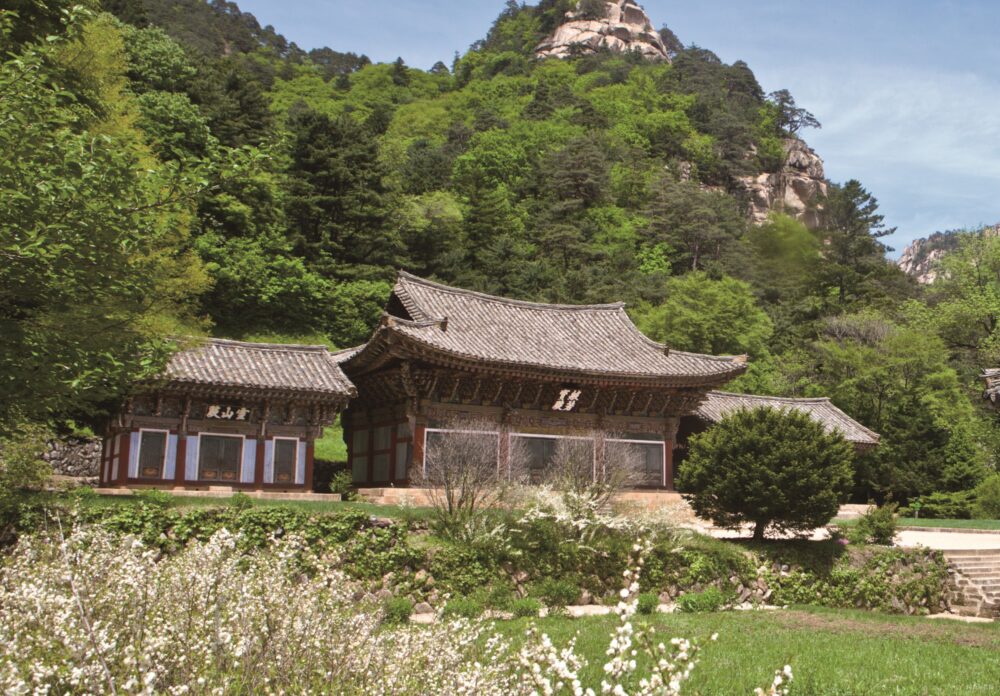
 This is what a peaceful transition of power looks like, American Republicans! Moon and Yoon follow the rules. That’s good. Learn from that.
This is what a peaceful transition of power looks like, American Republicans! Moon and Yoon follow the rules. That’s good. Learn from that.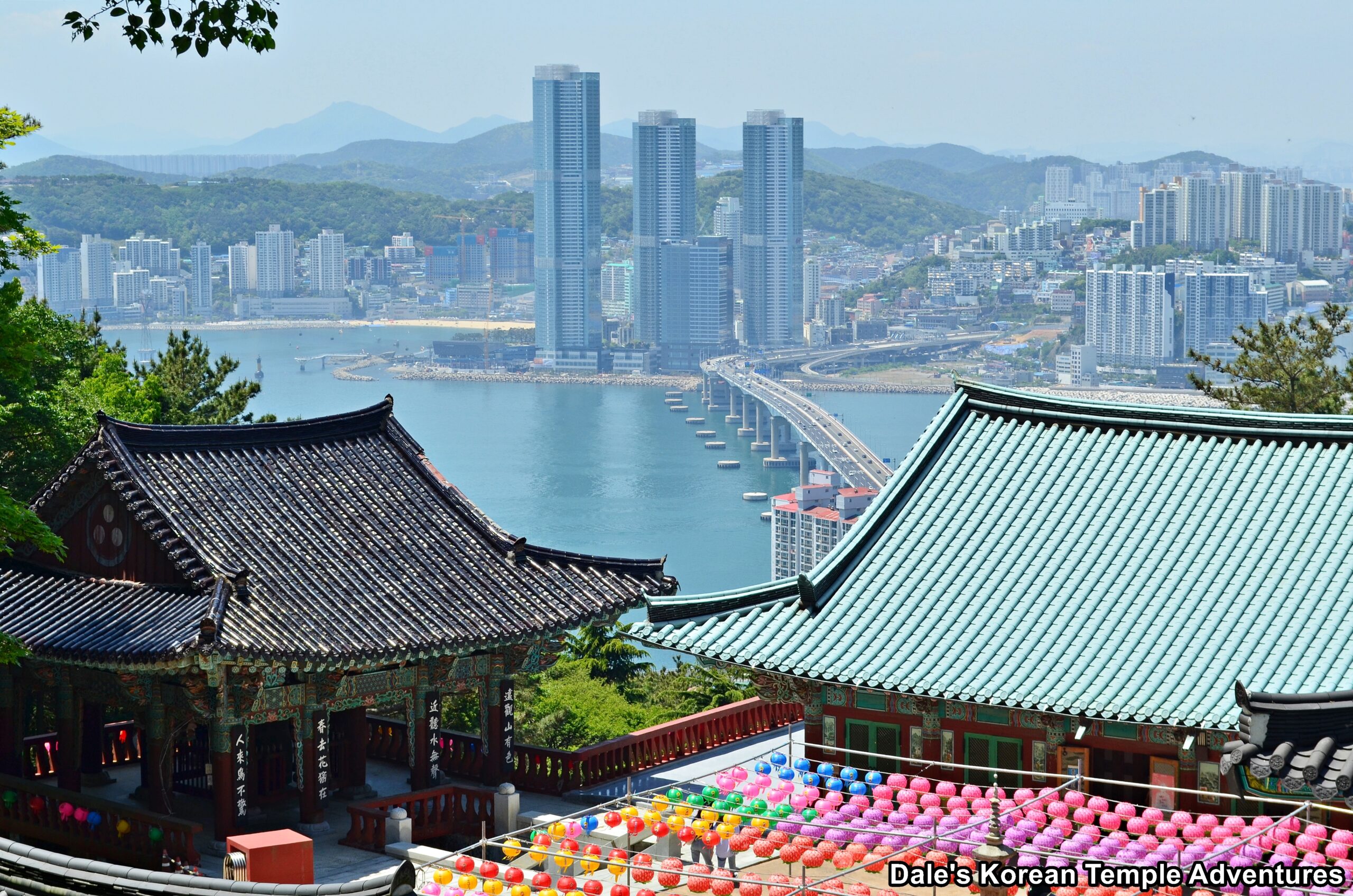
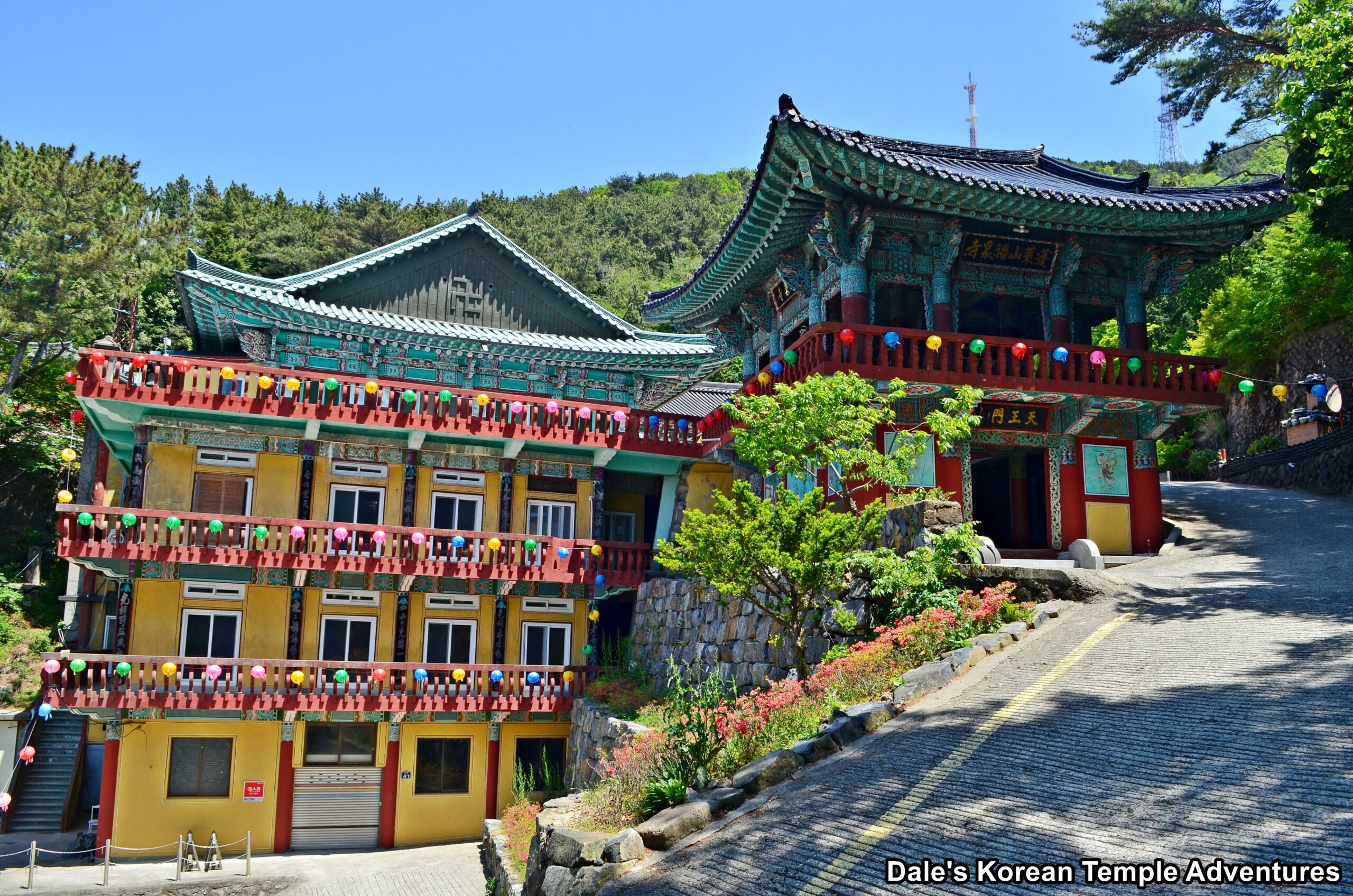
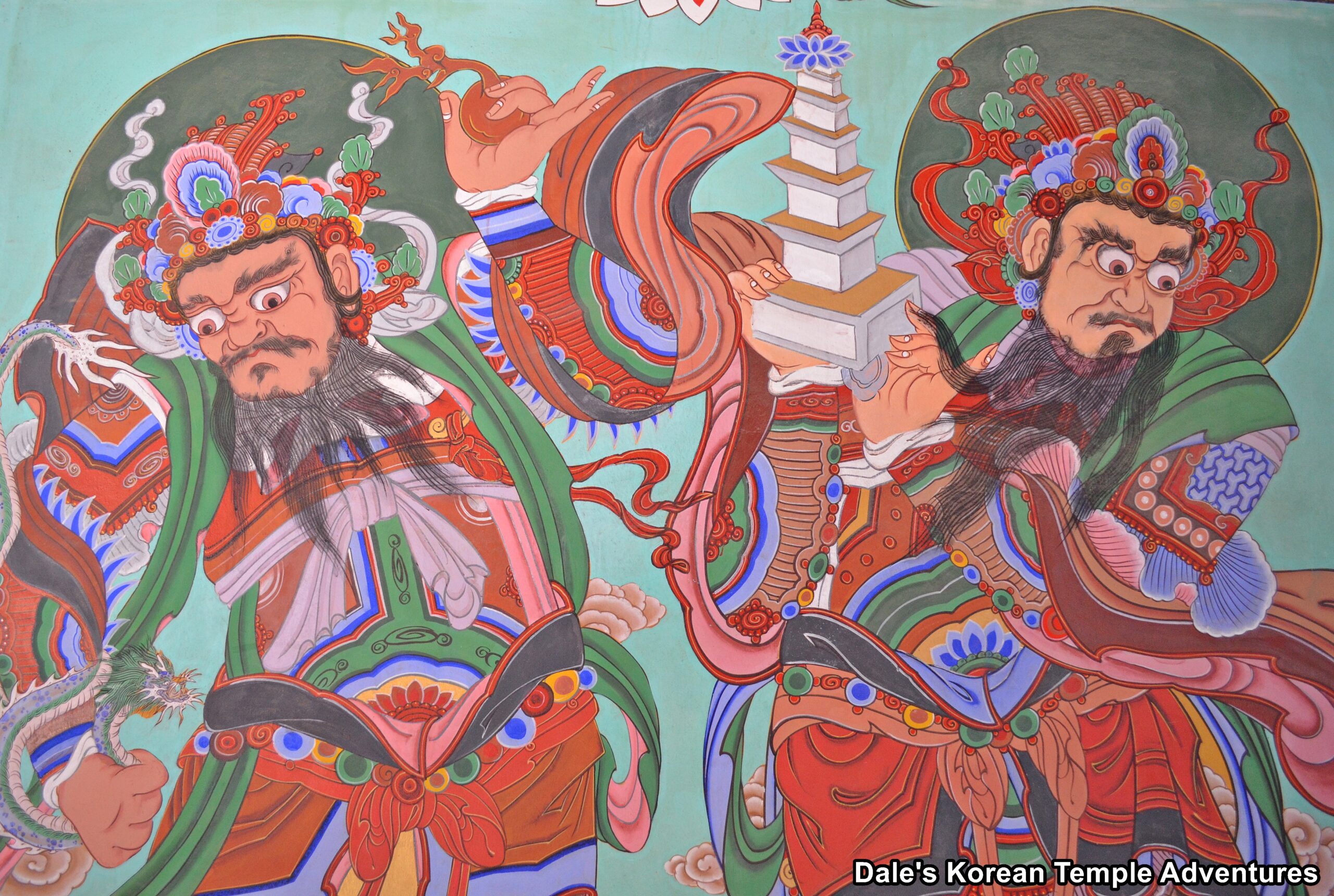
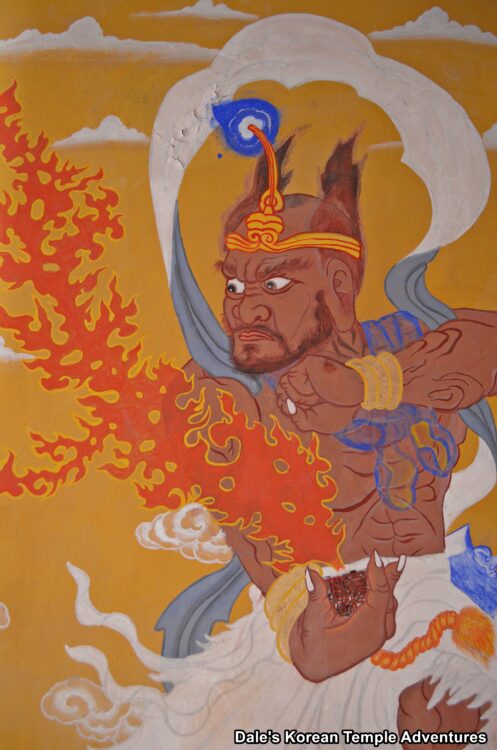
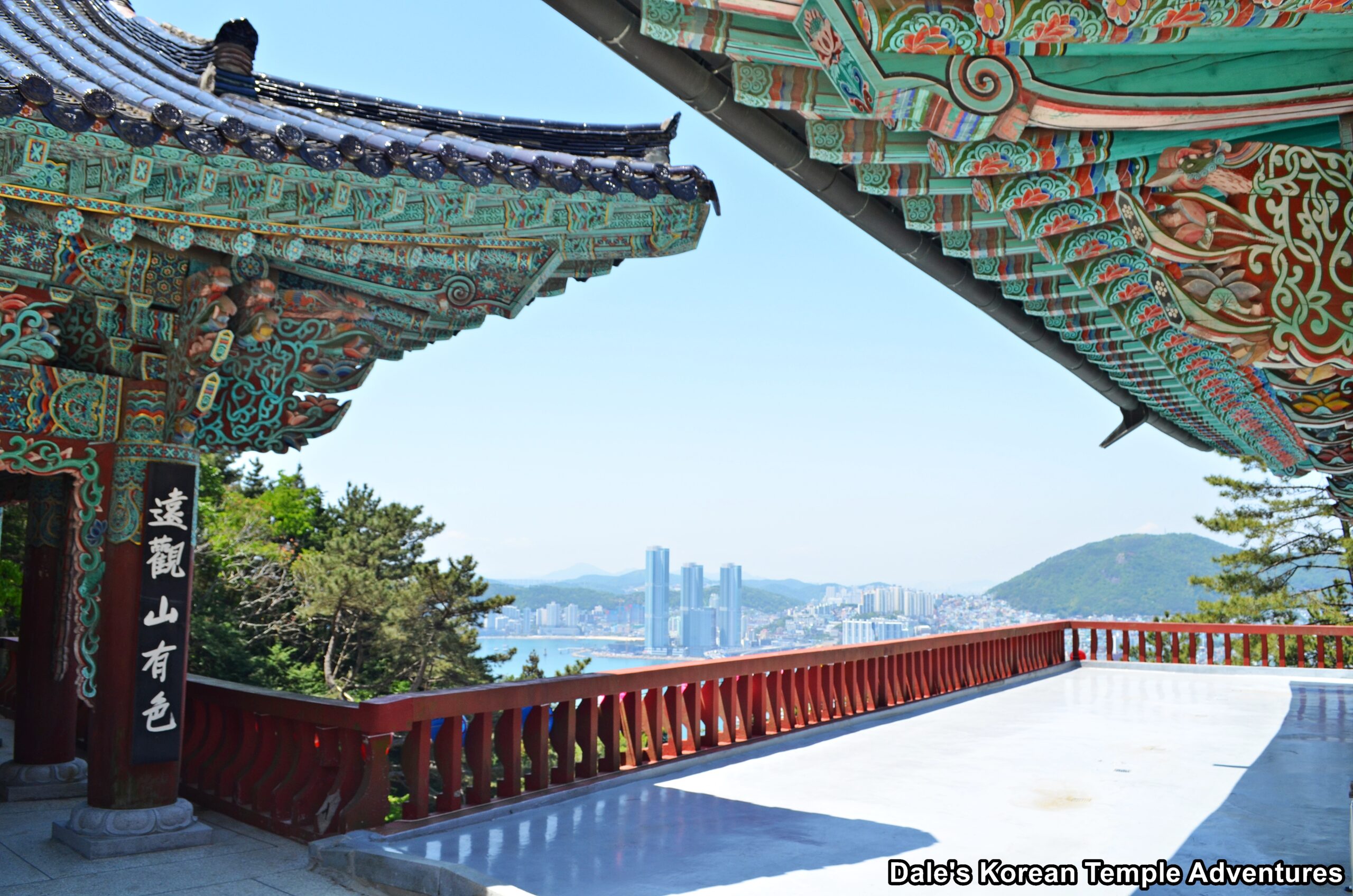
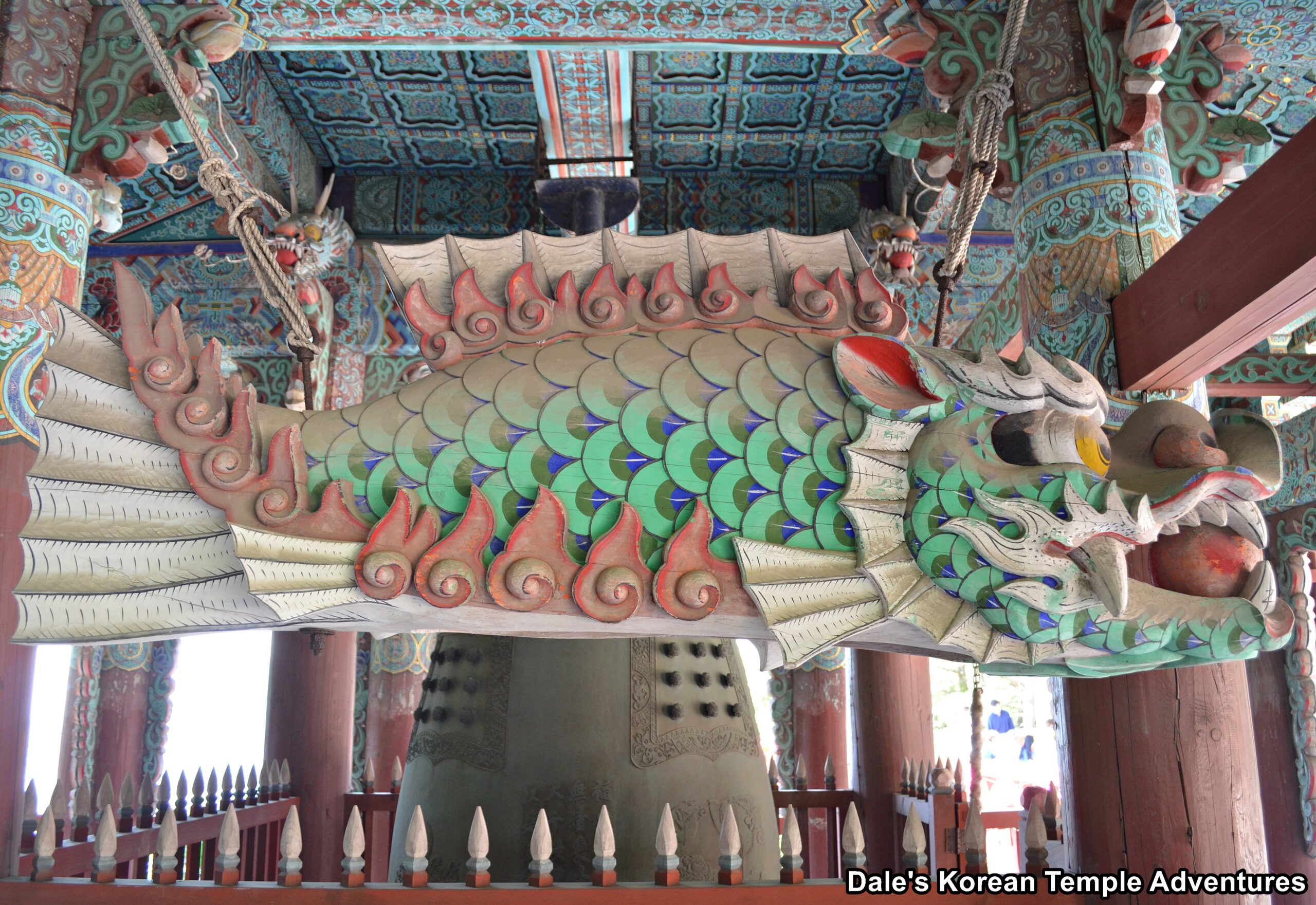
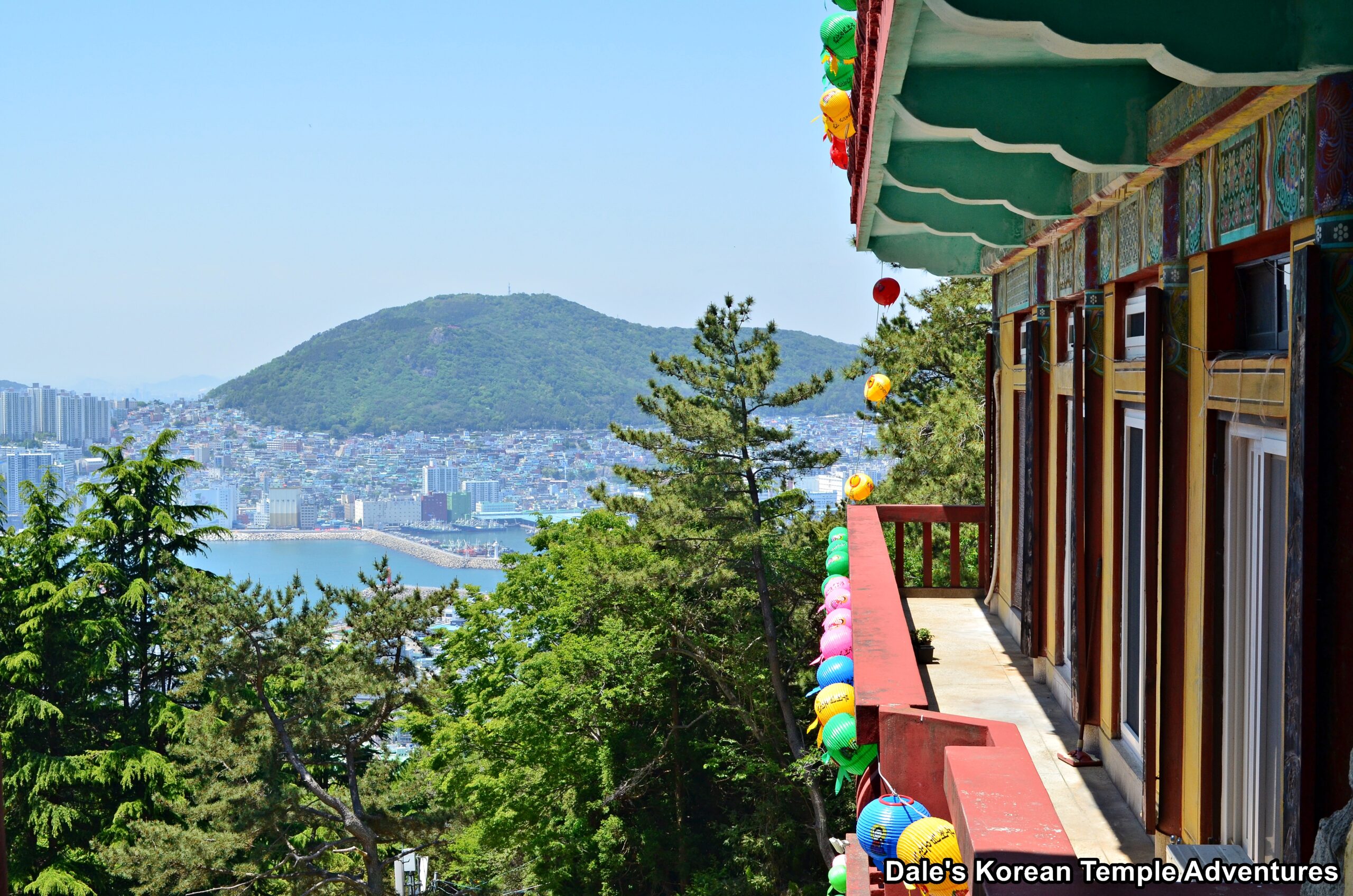

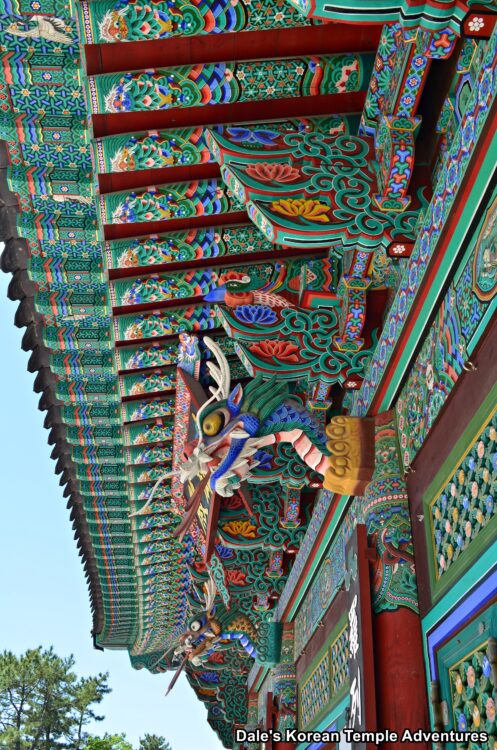
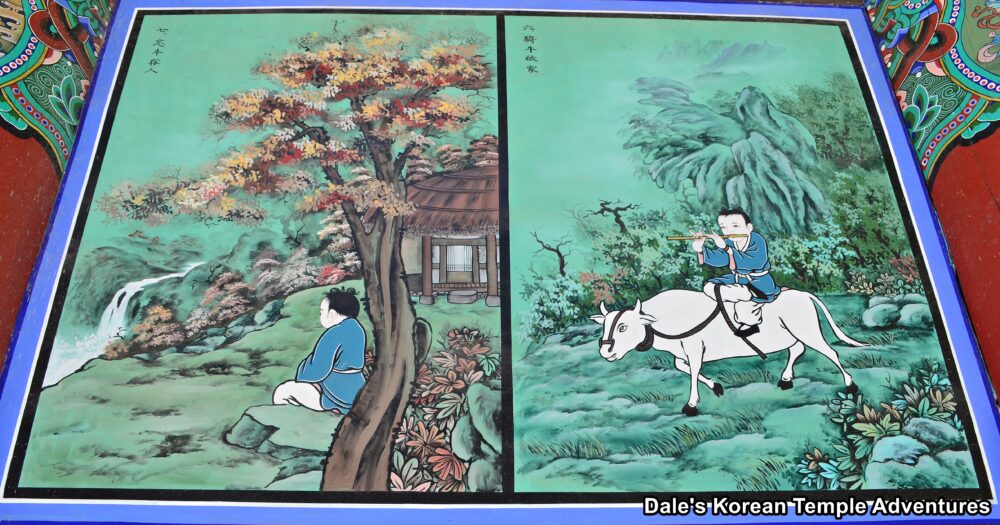
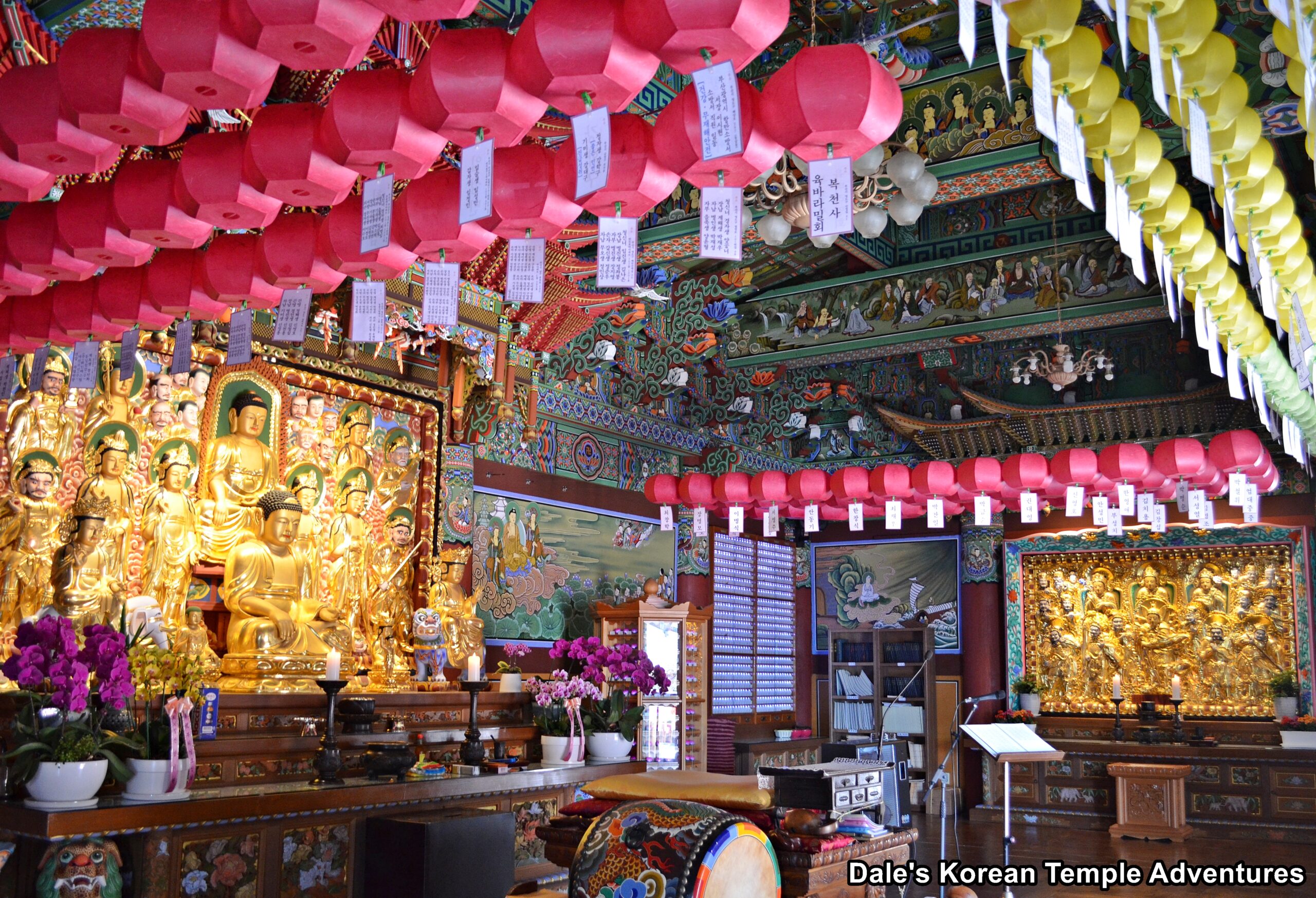
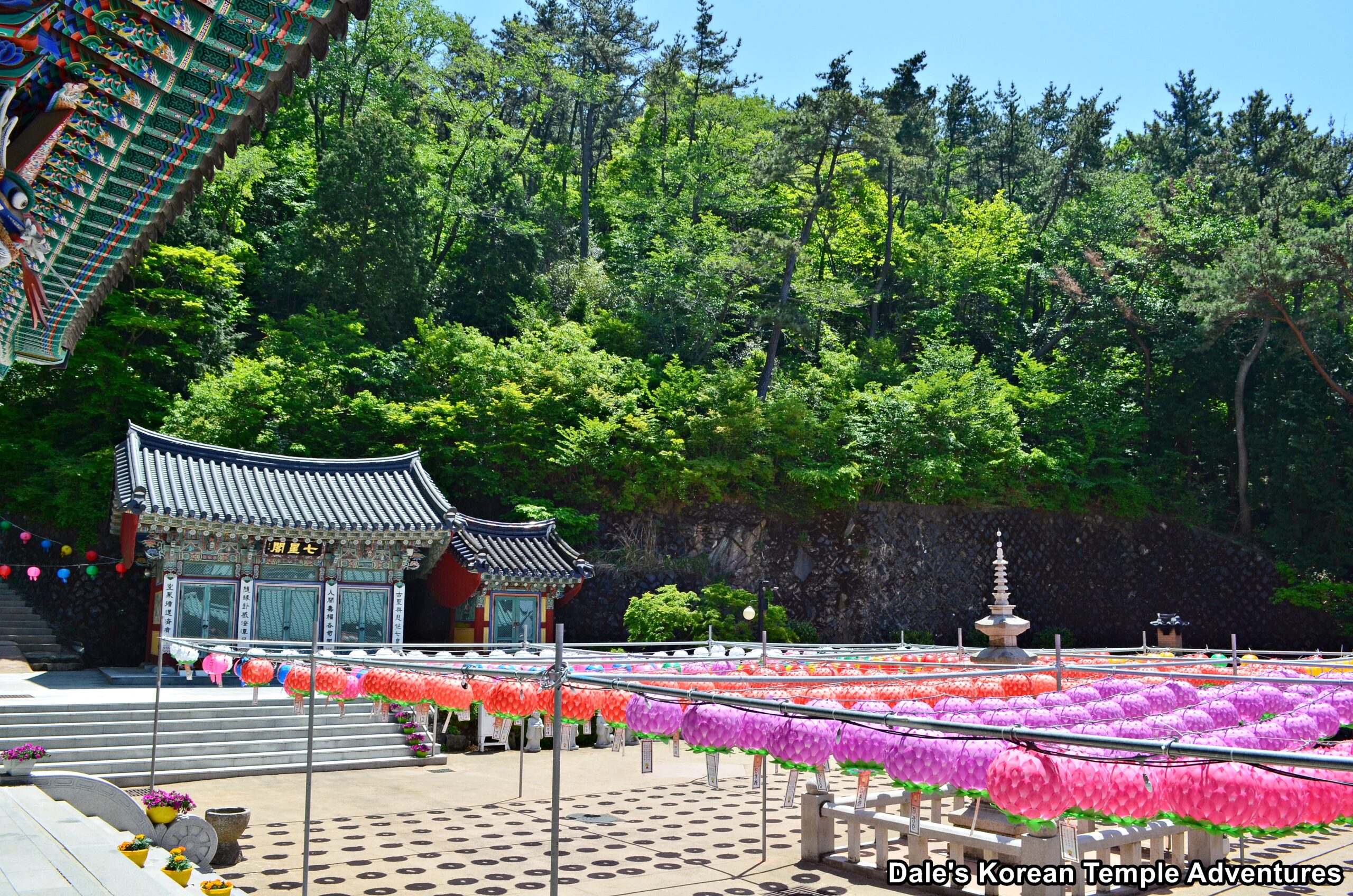
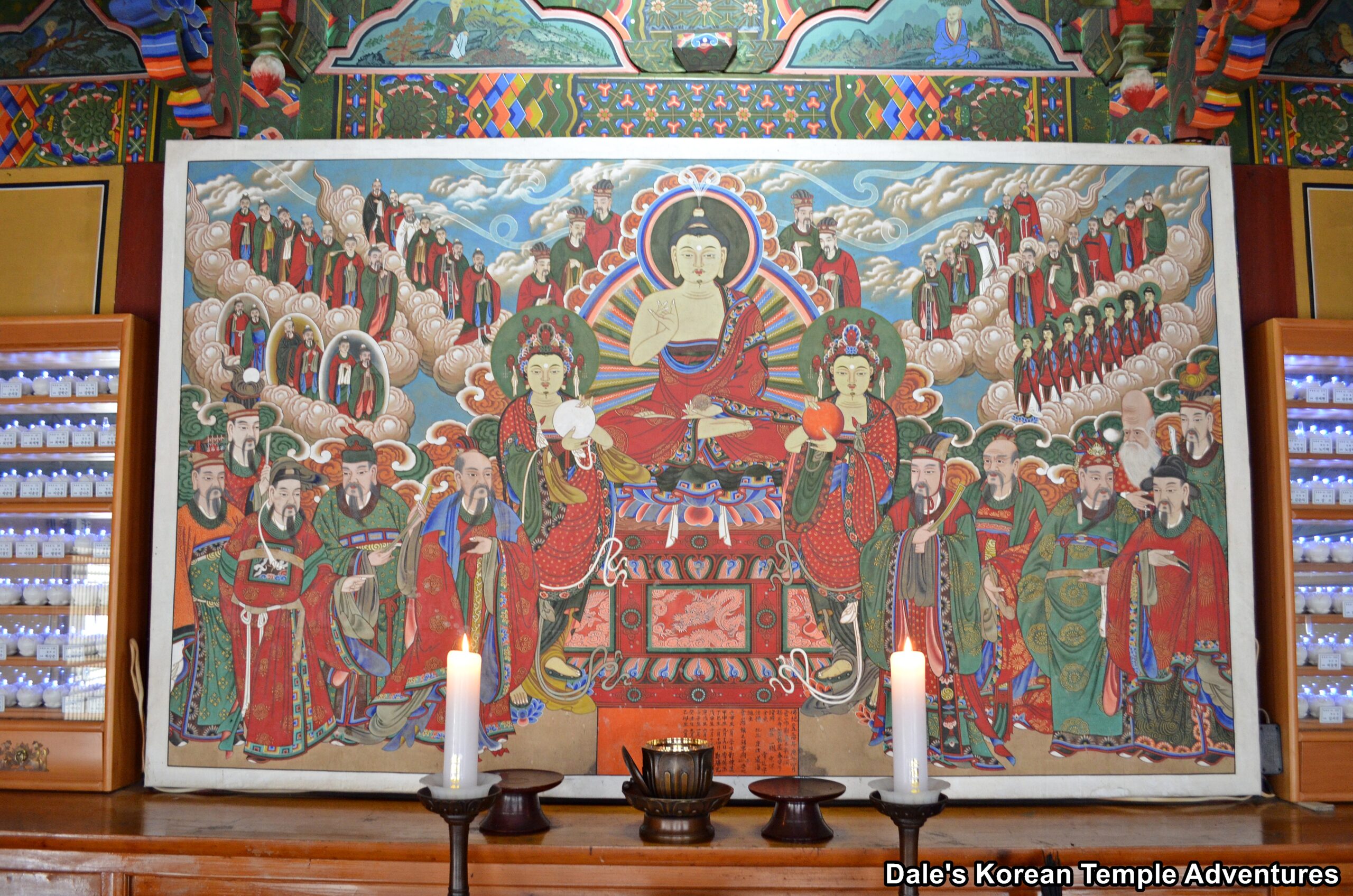
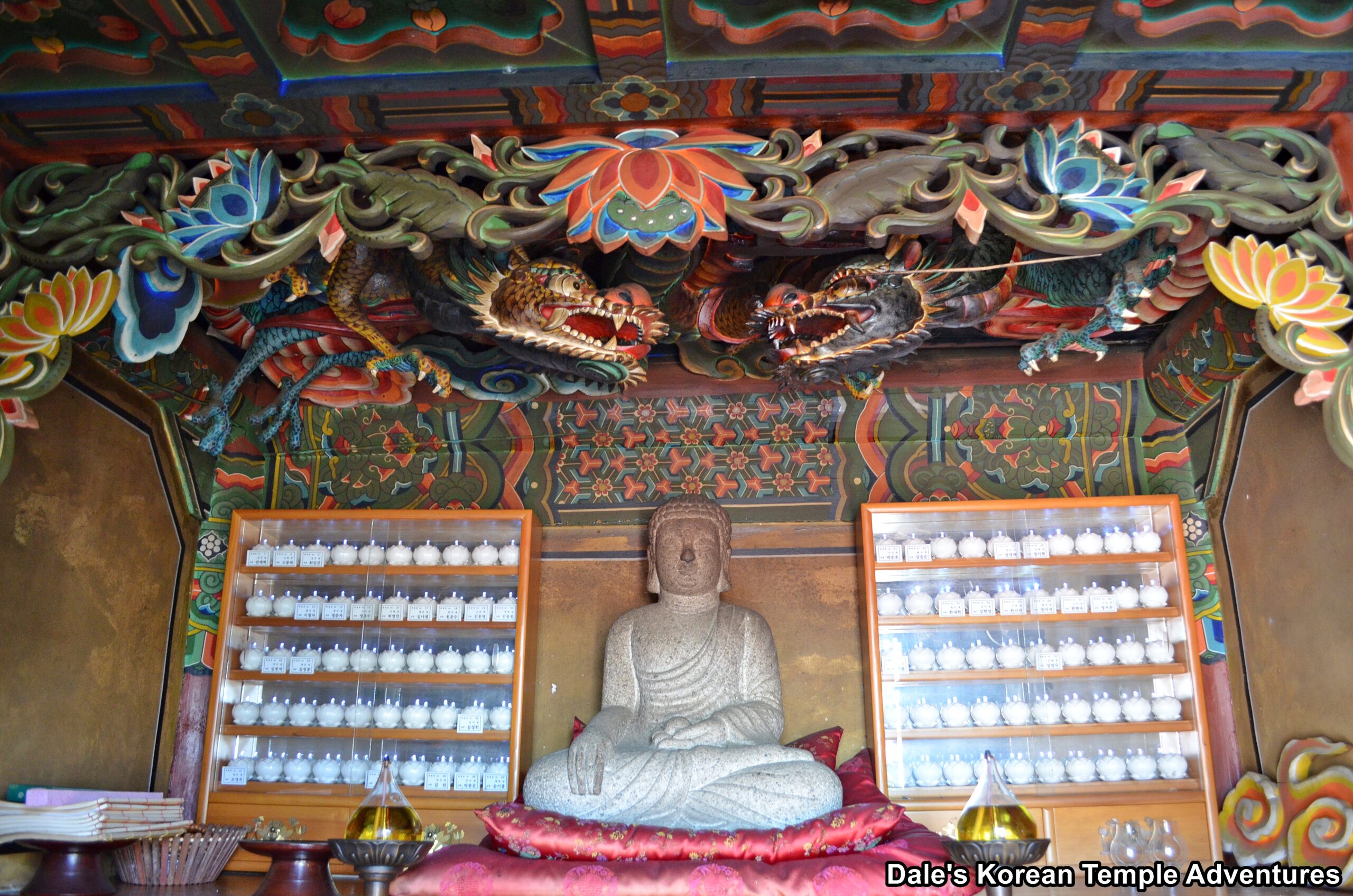
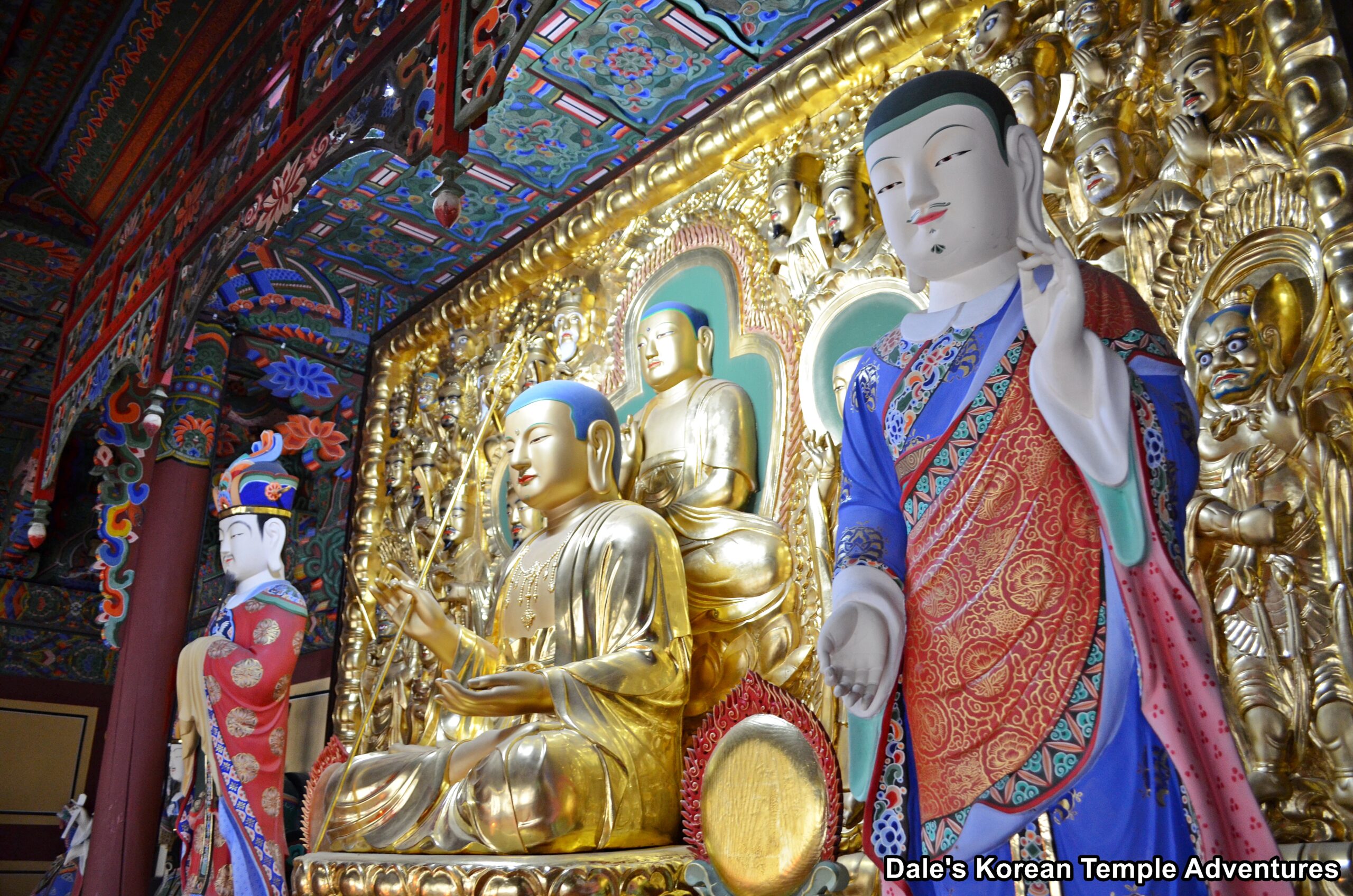
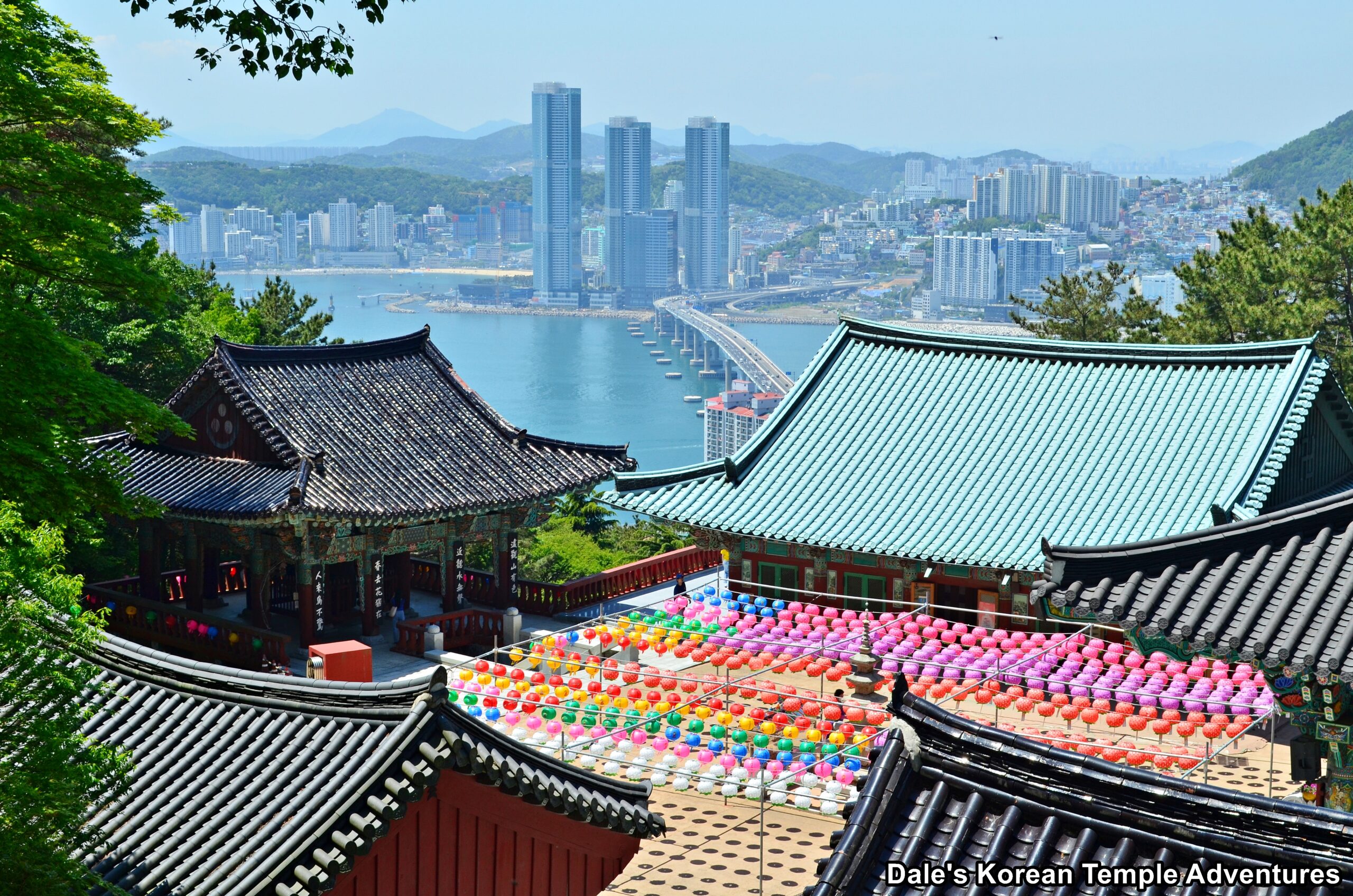

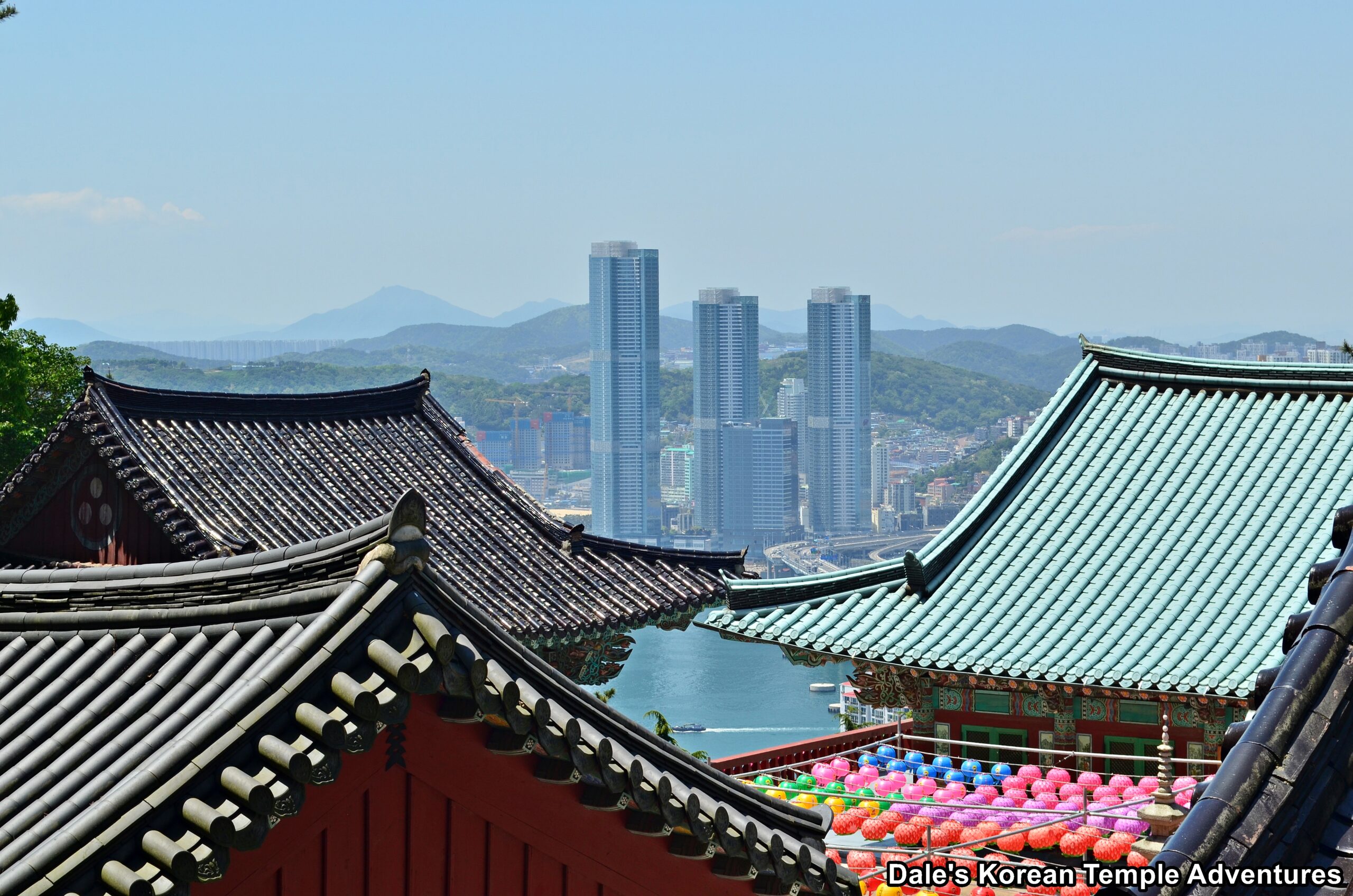
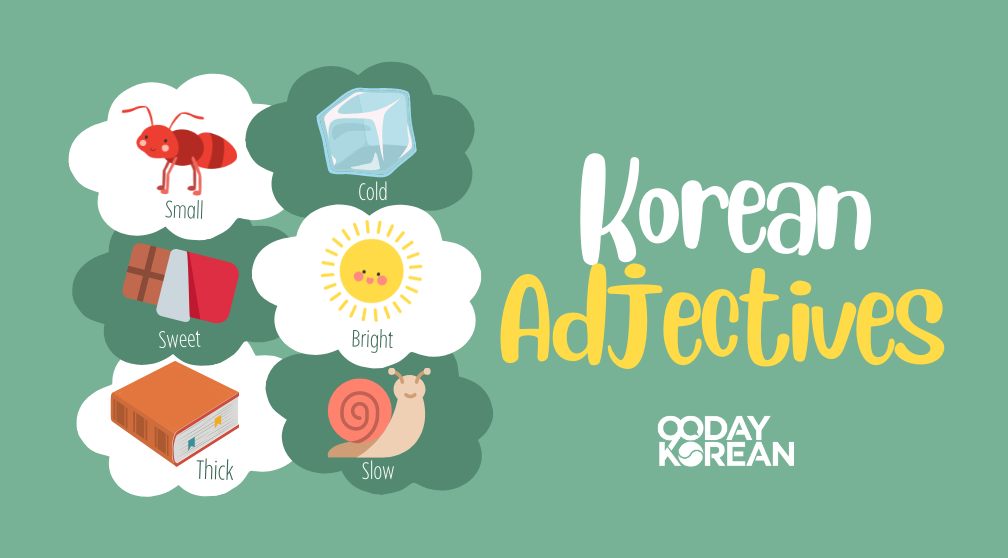
 Learn to read Korean and be having simple conversations, taking taxis and ordering in Korean within a week with our FREE Hangeul Hacks series:
Learn to read Korean and be having simple conversations, taking taxis and ordering in Korean within a week with our FREE Hangeul Hacks series: 




Recent comments